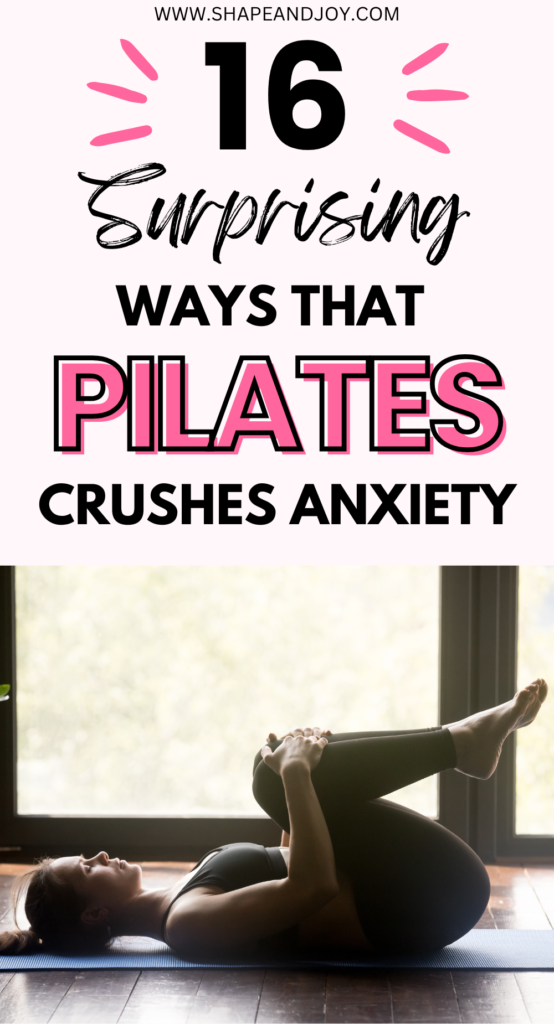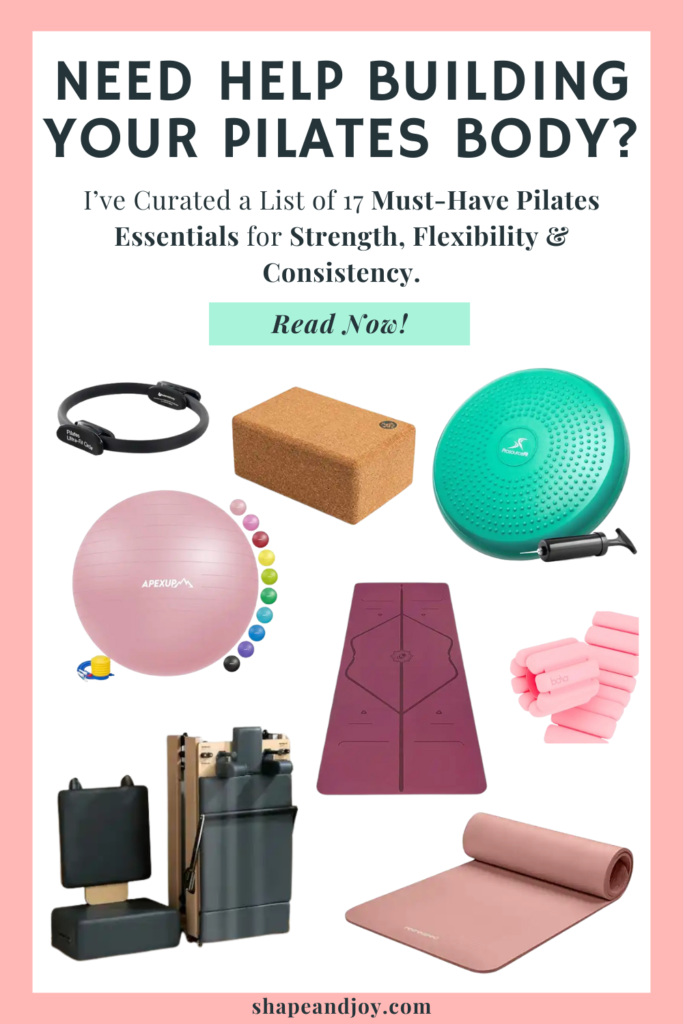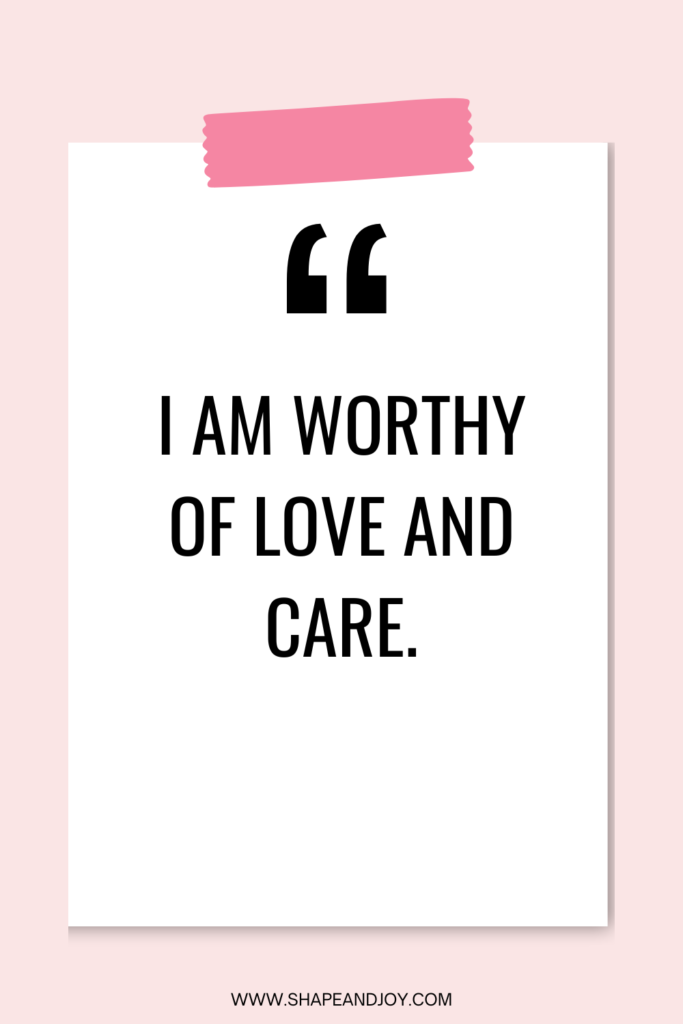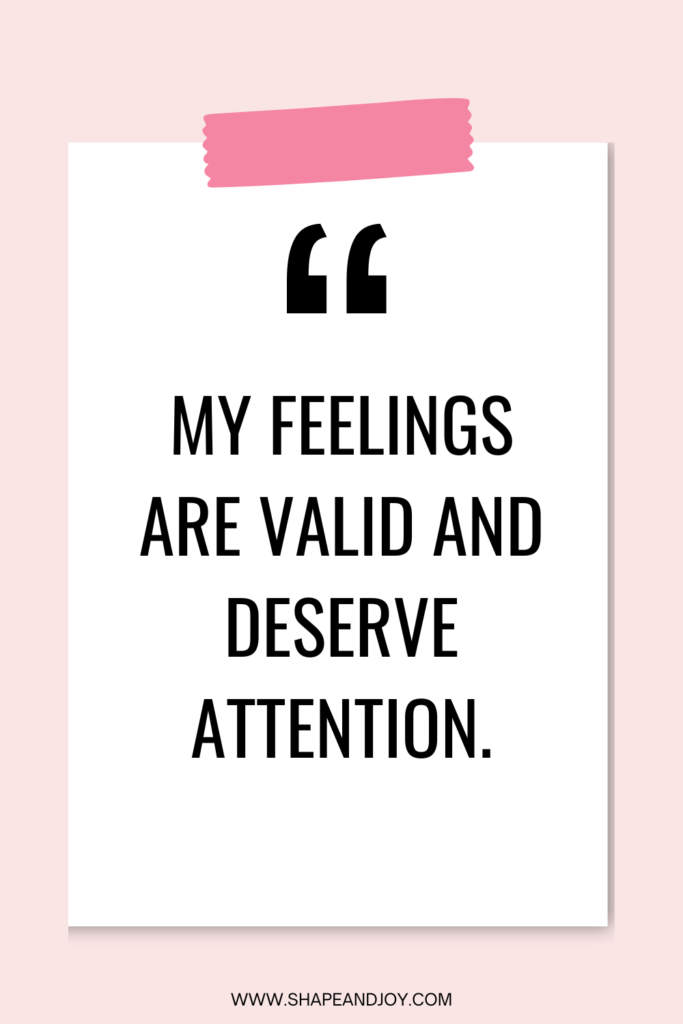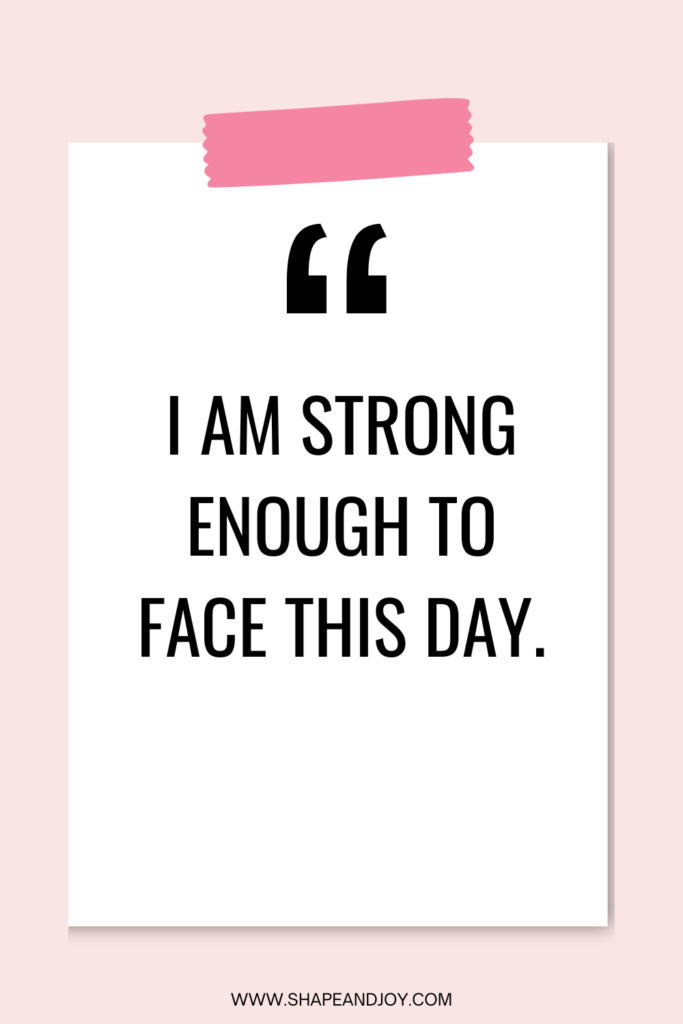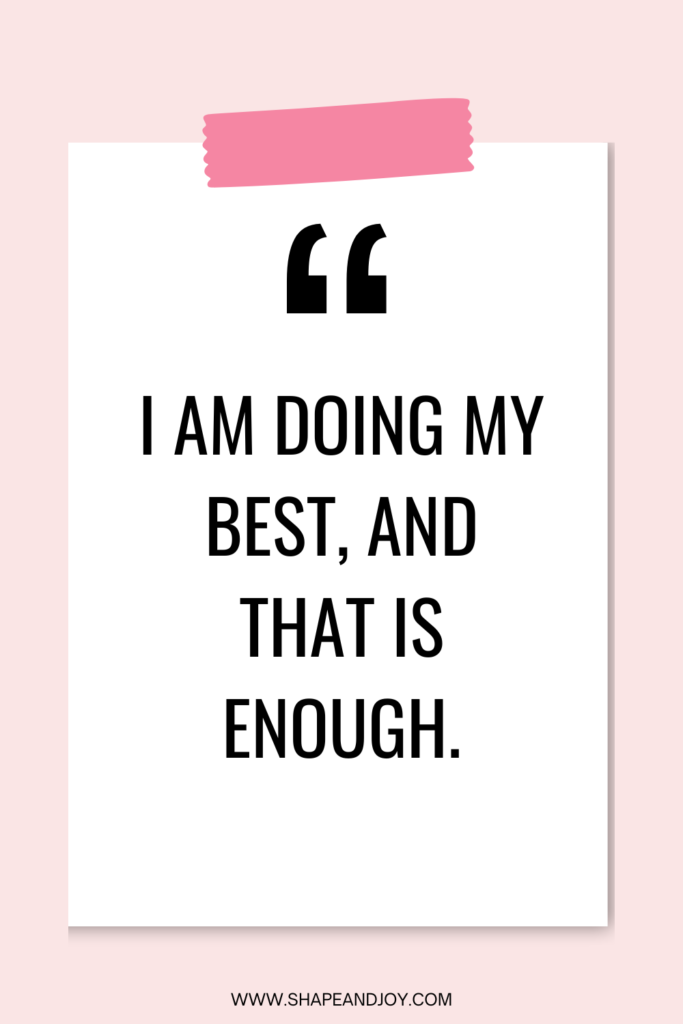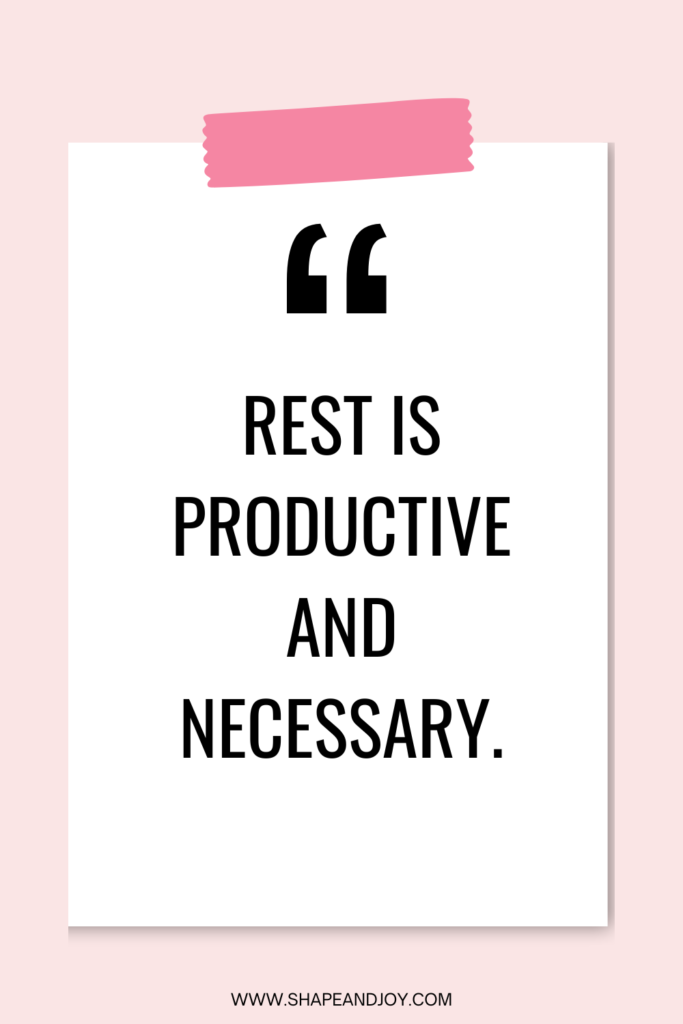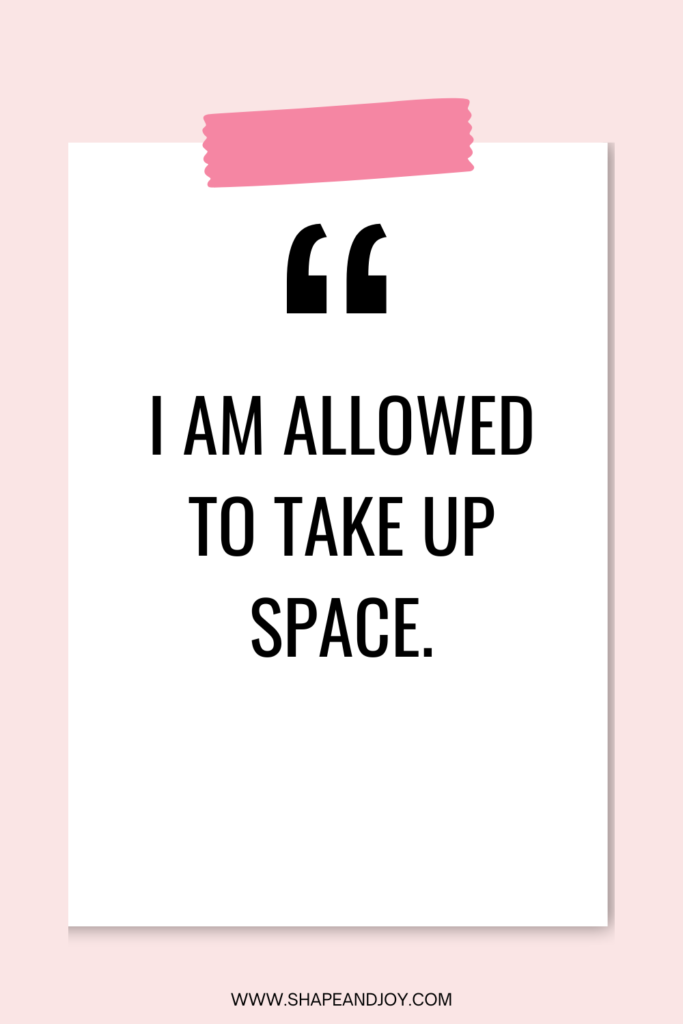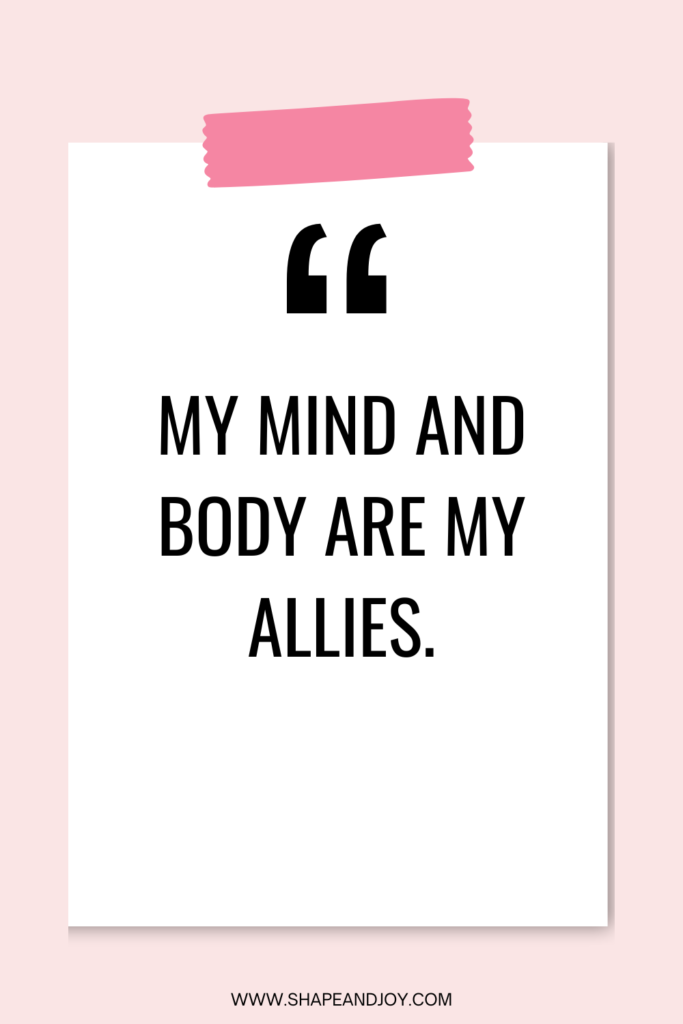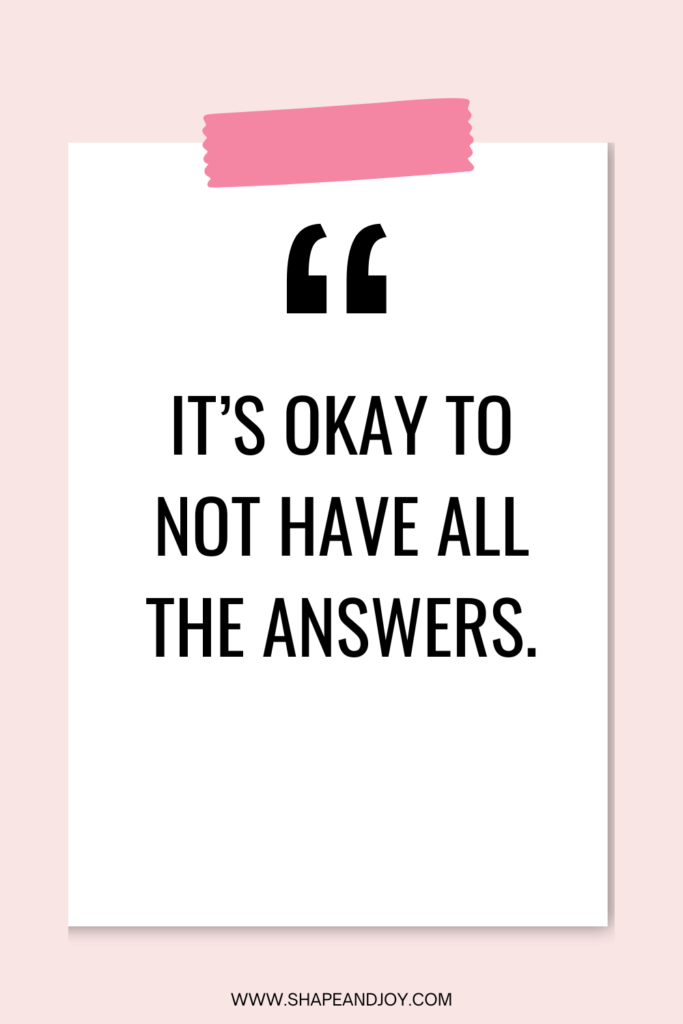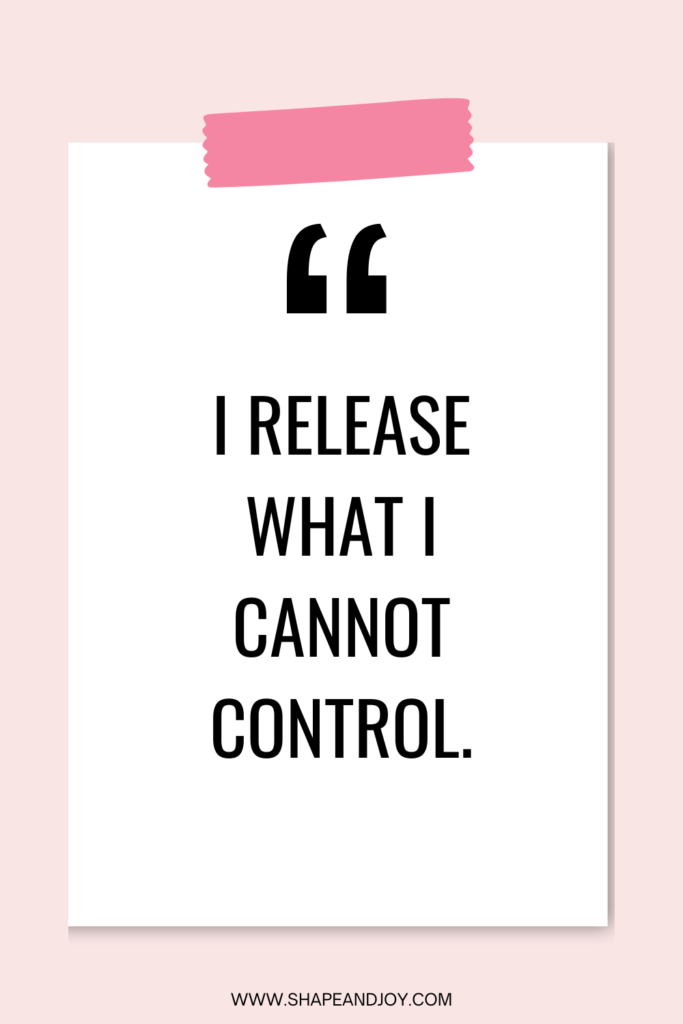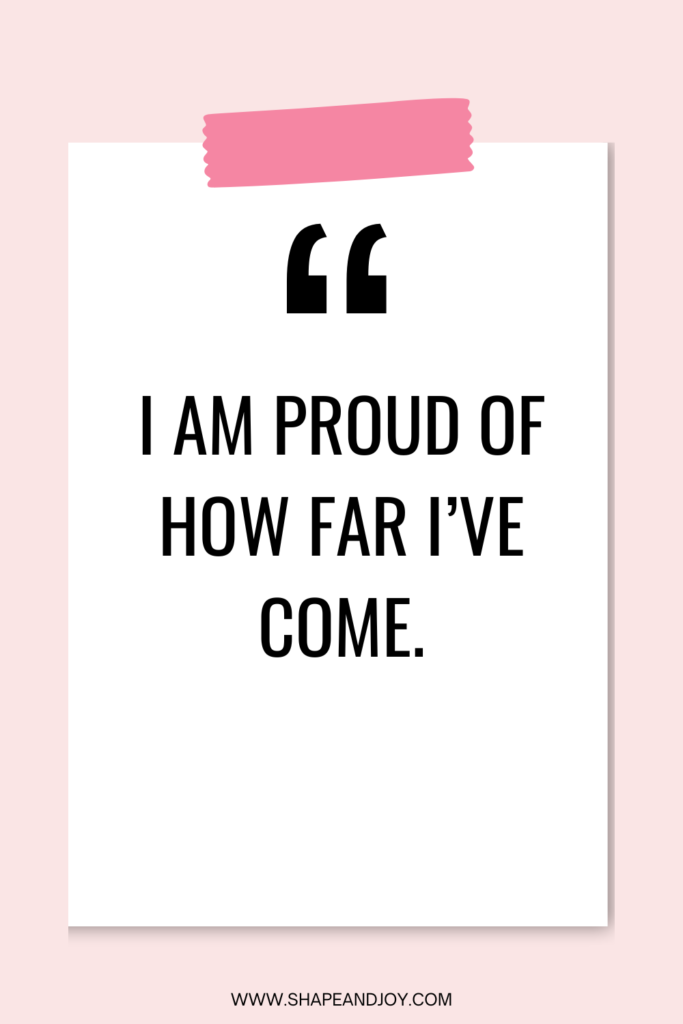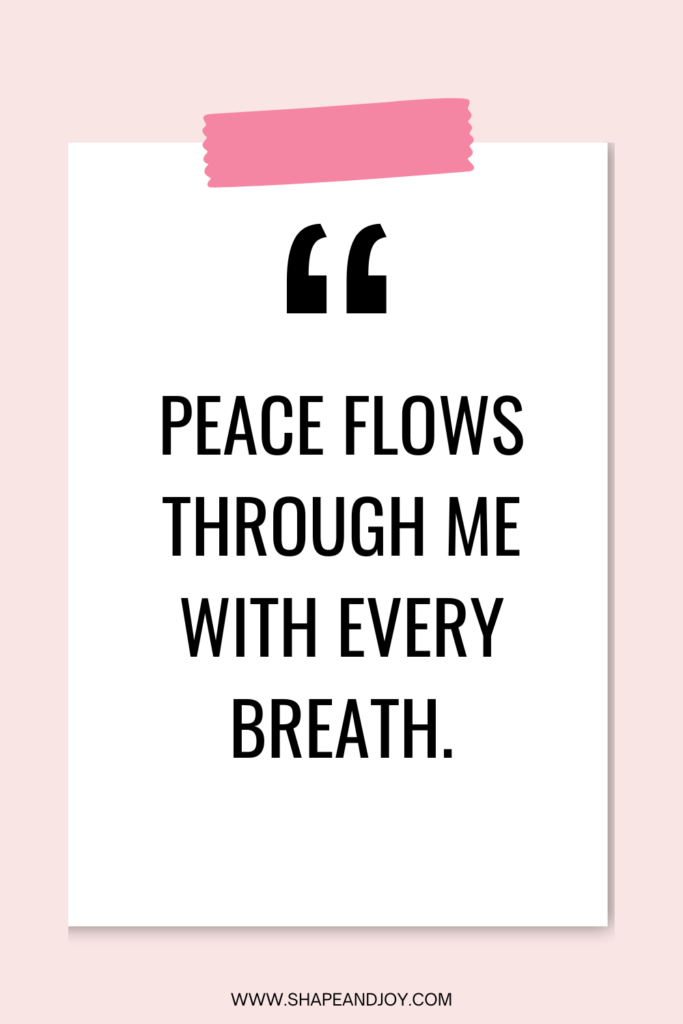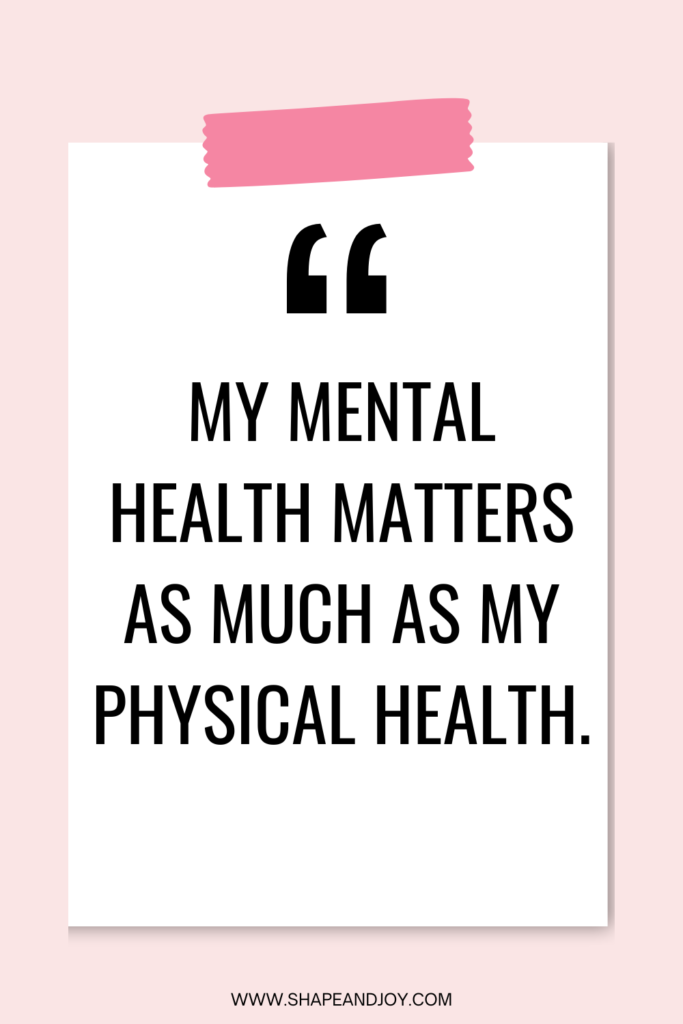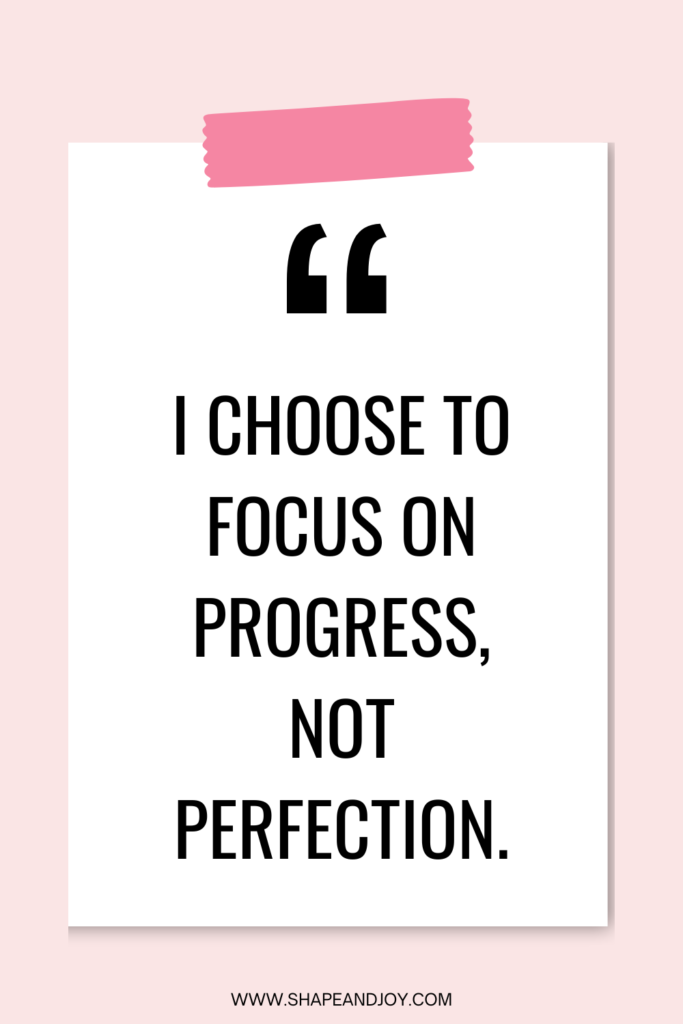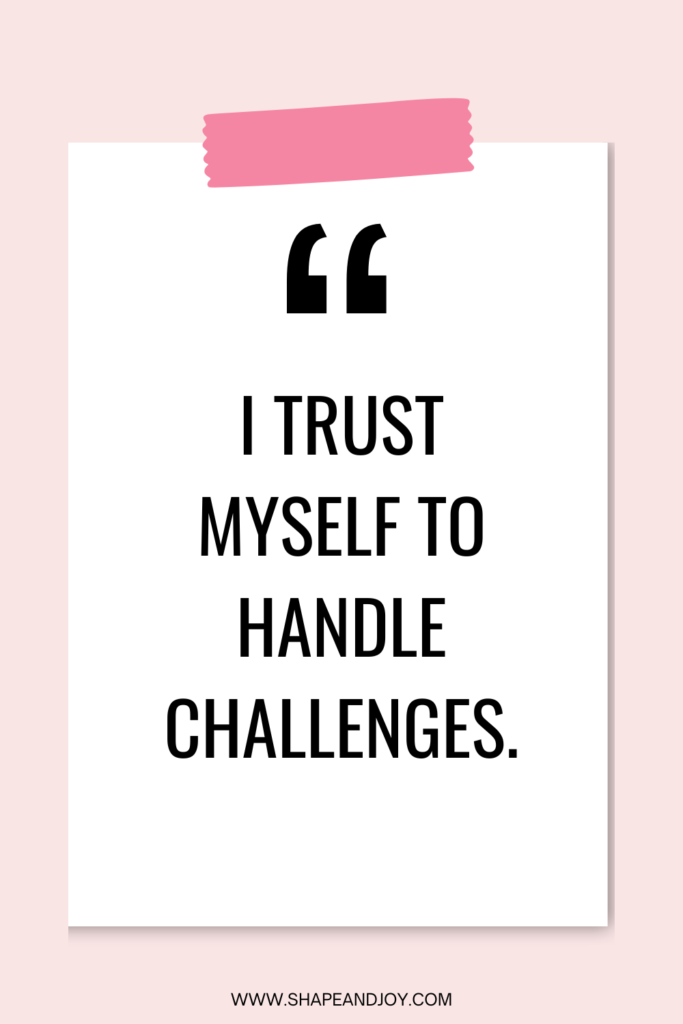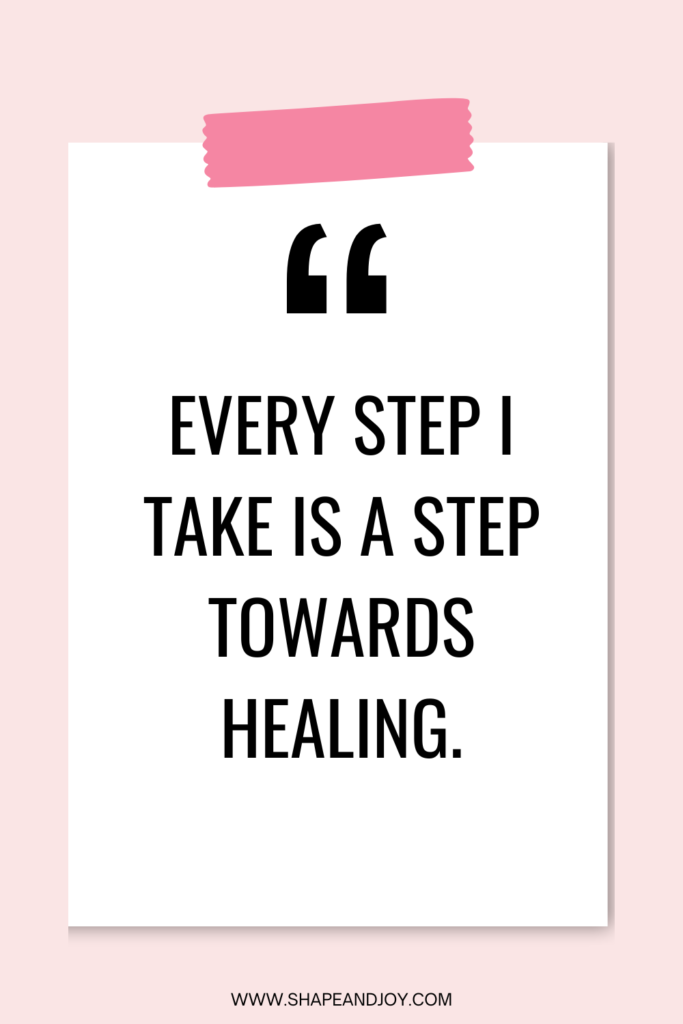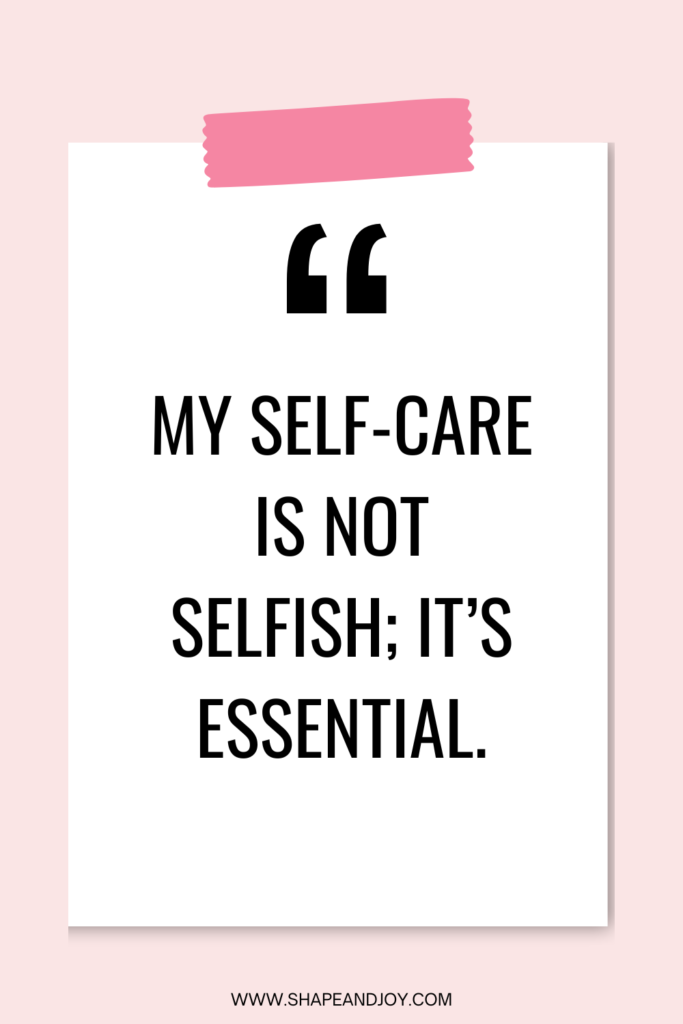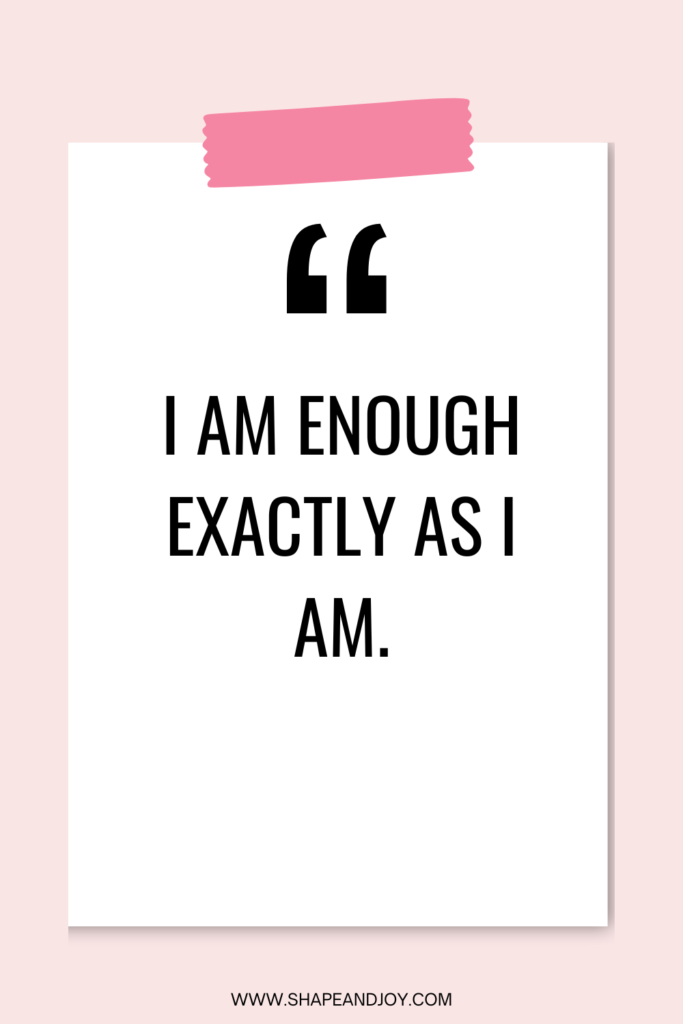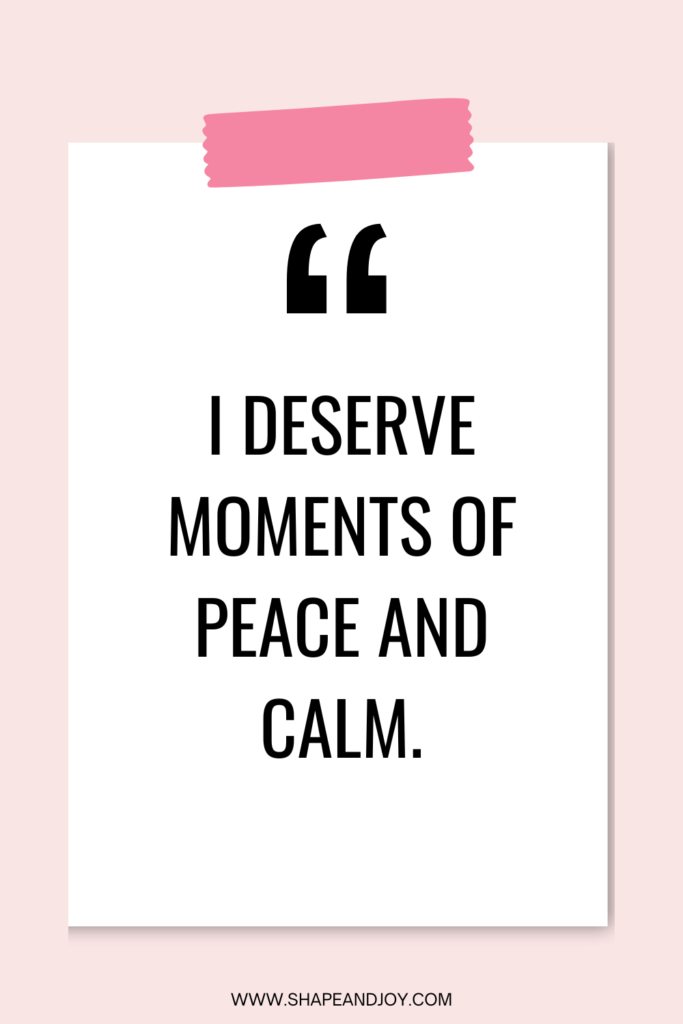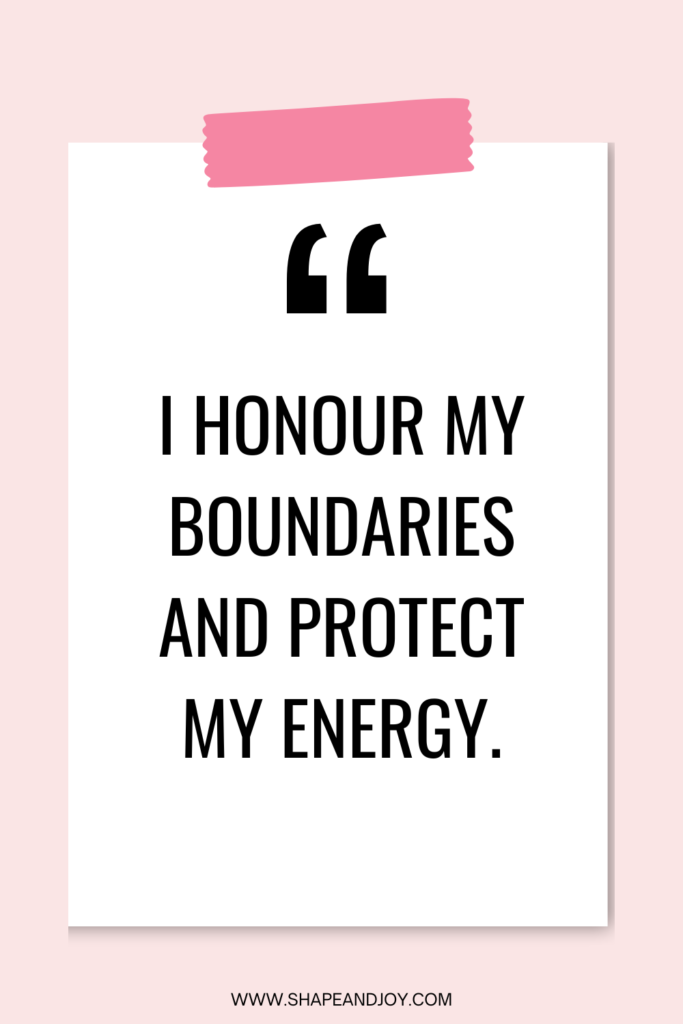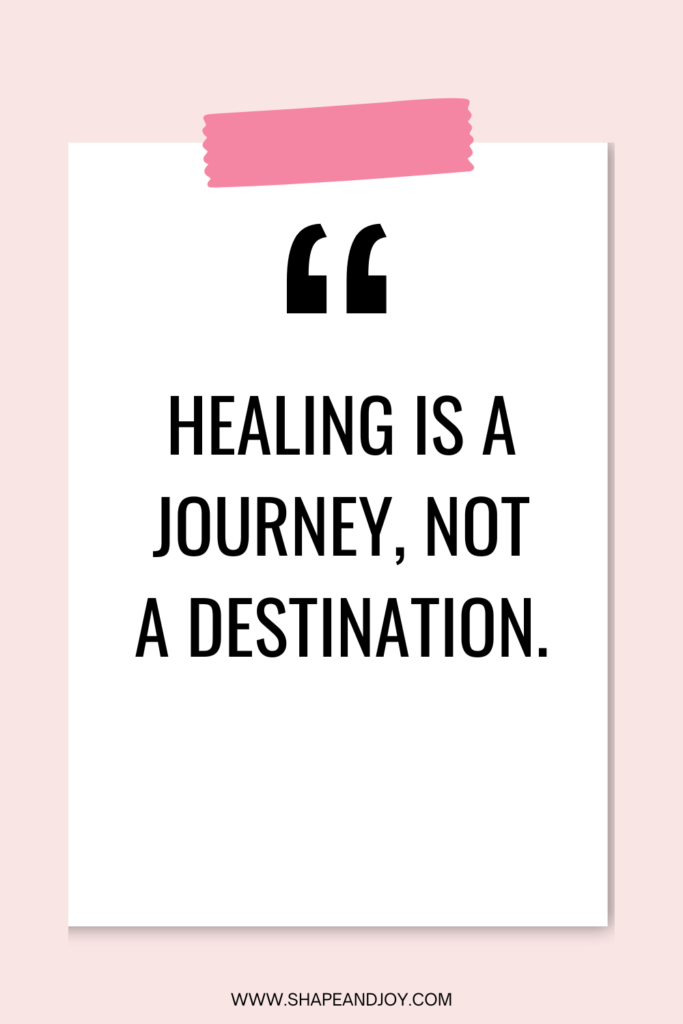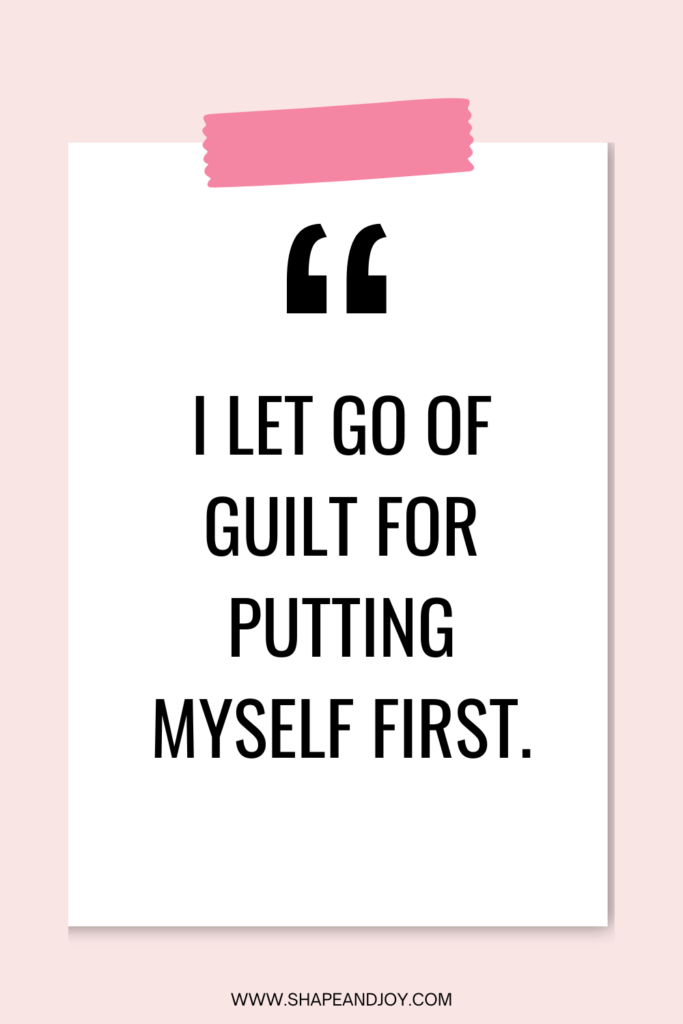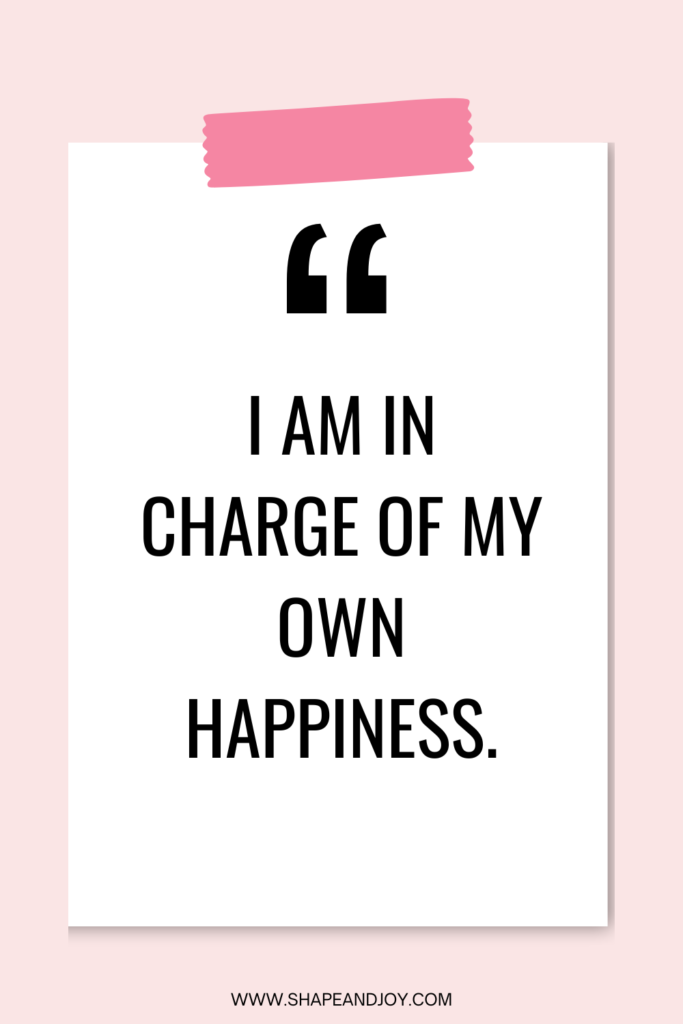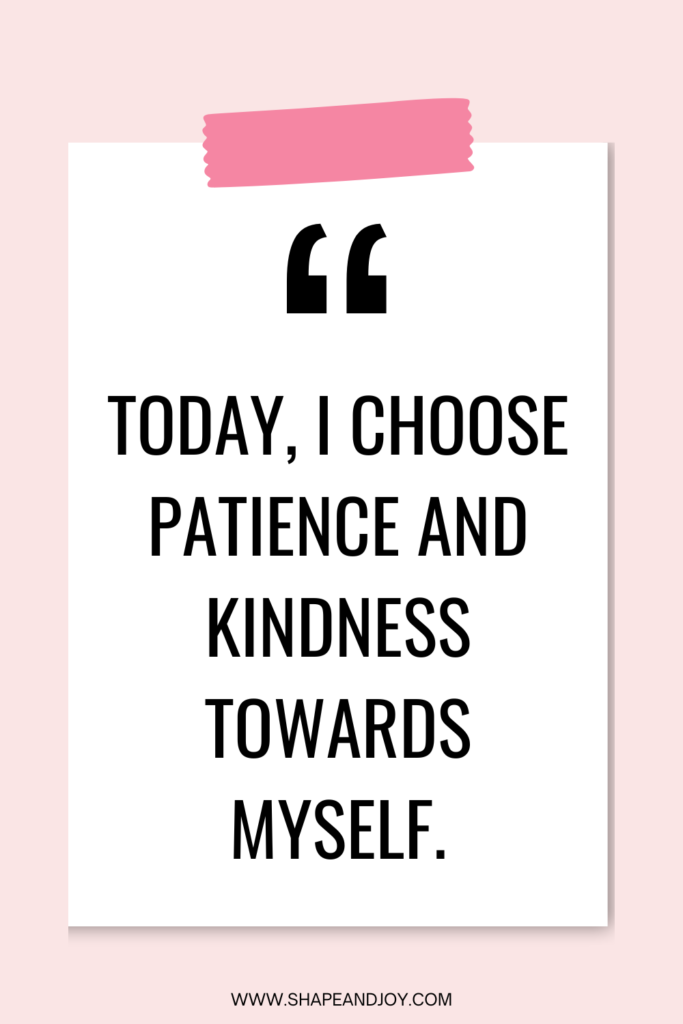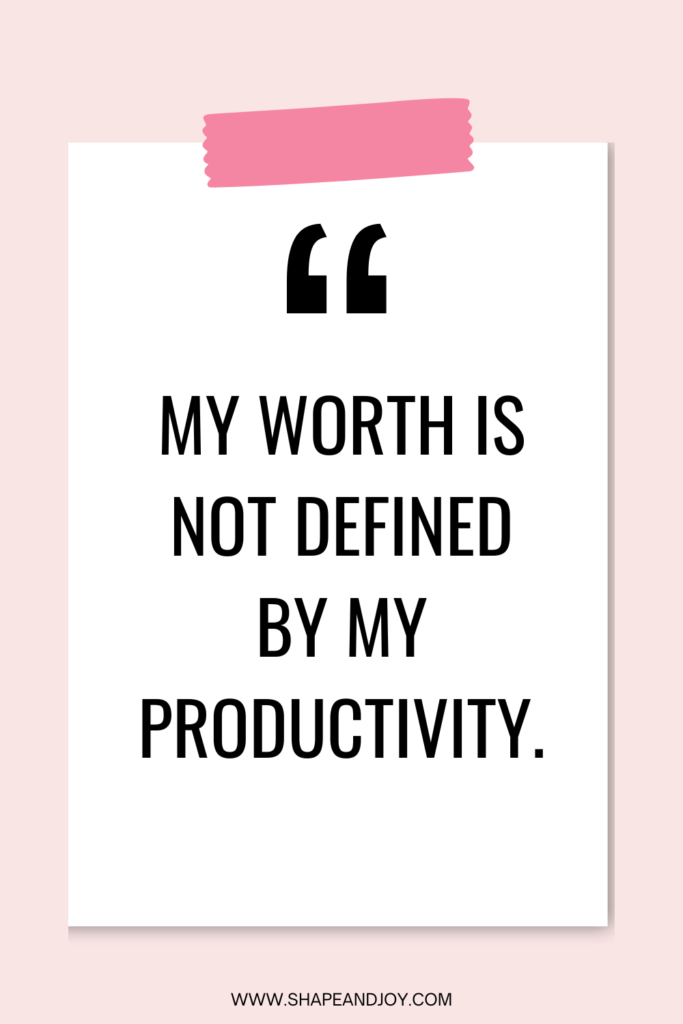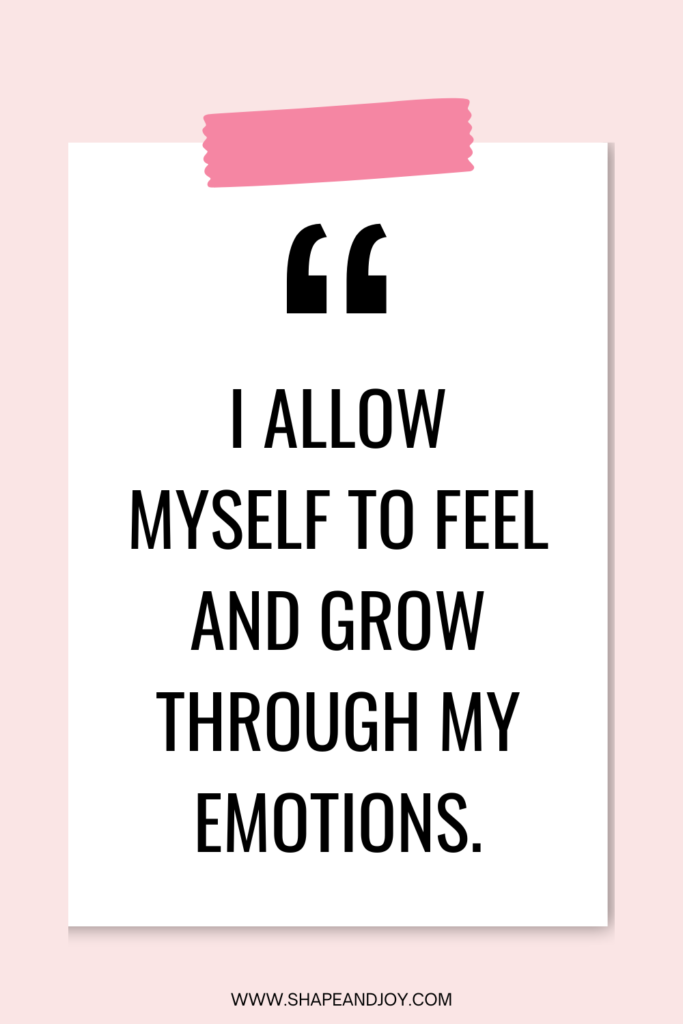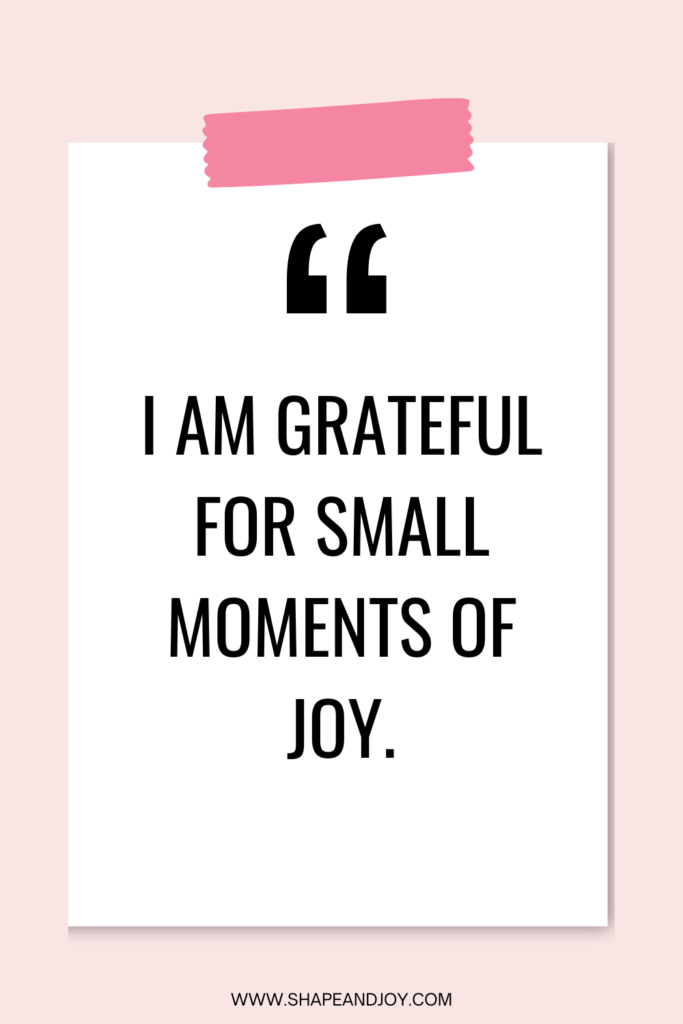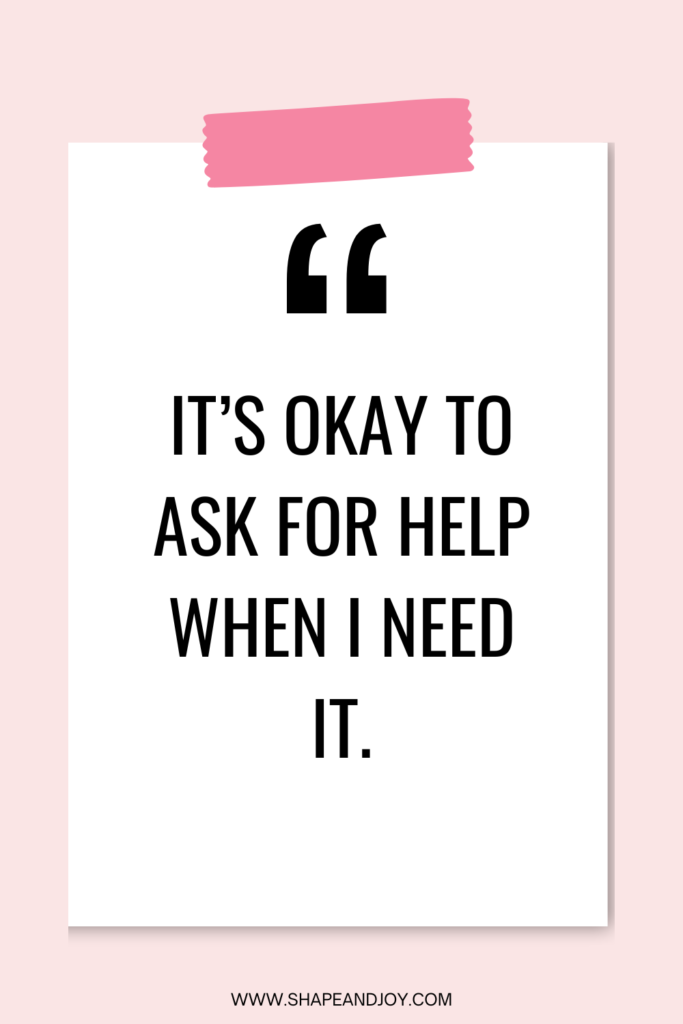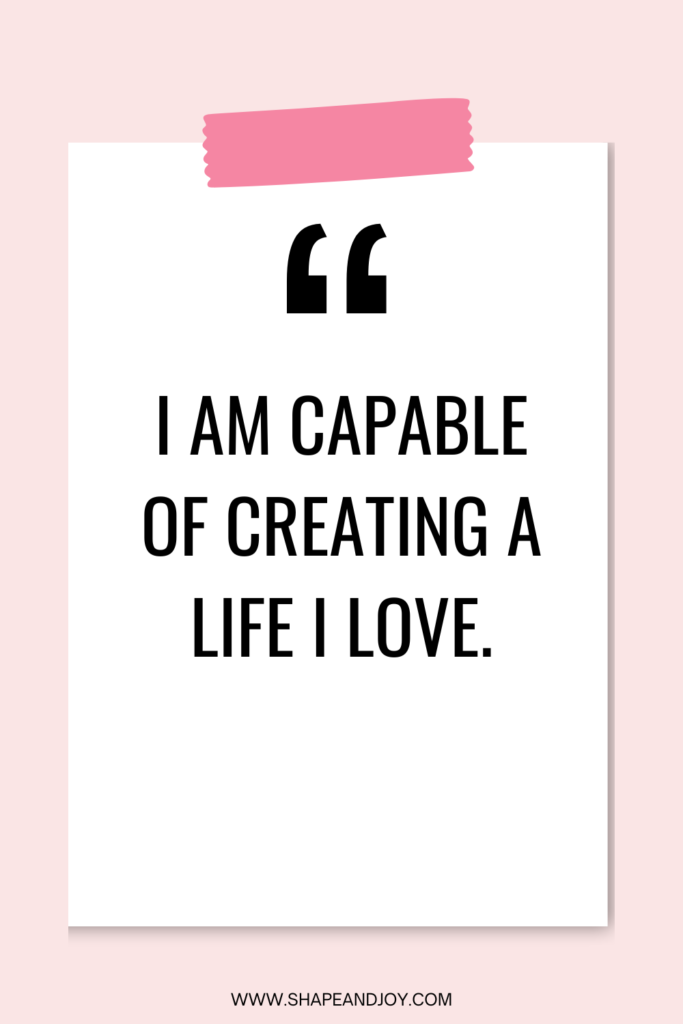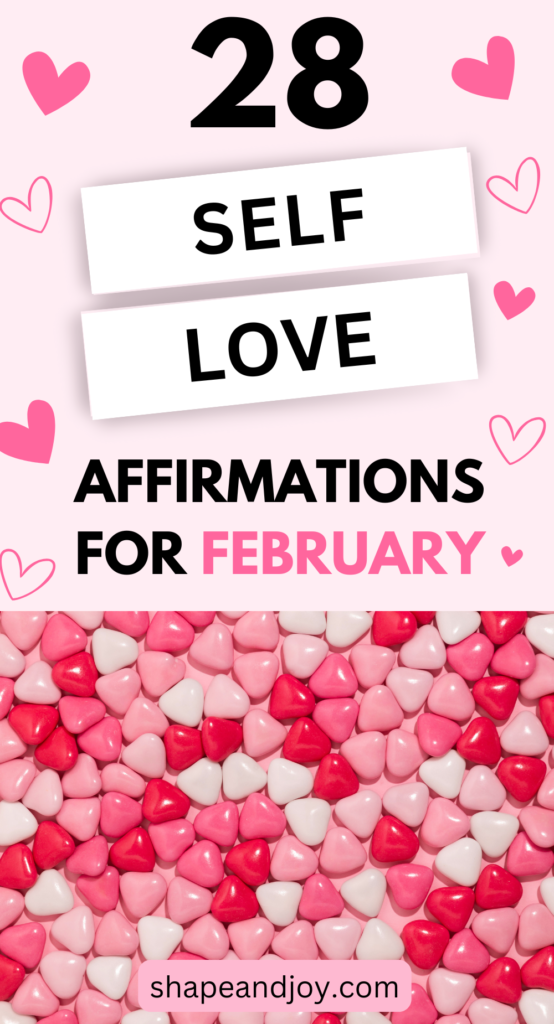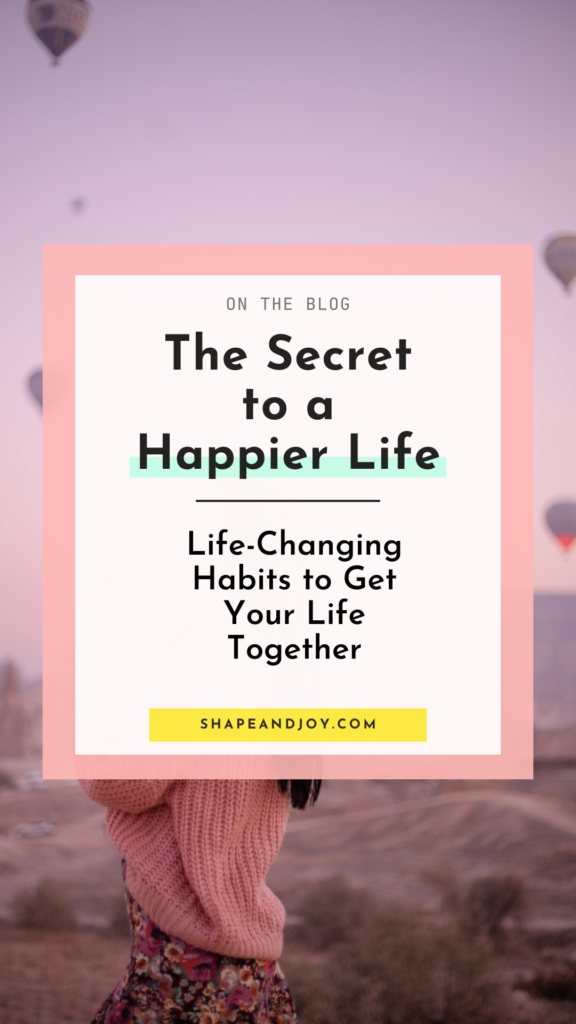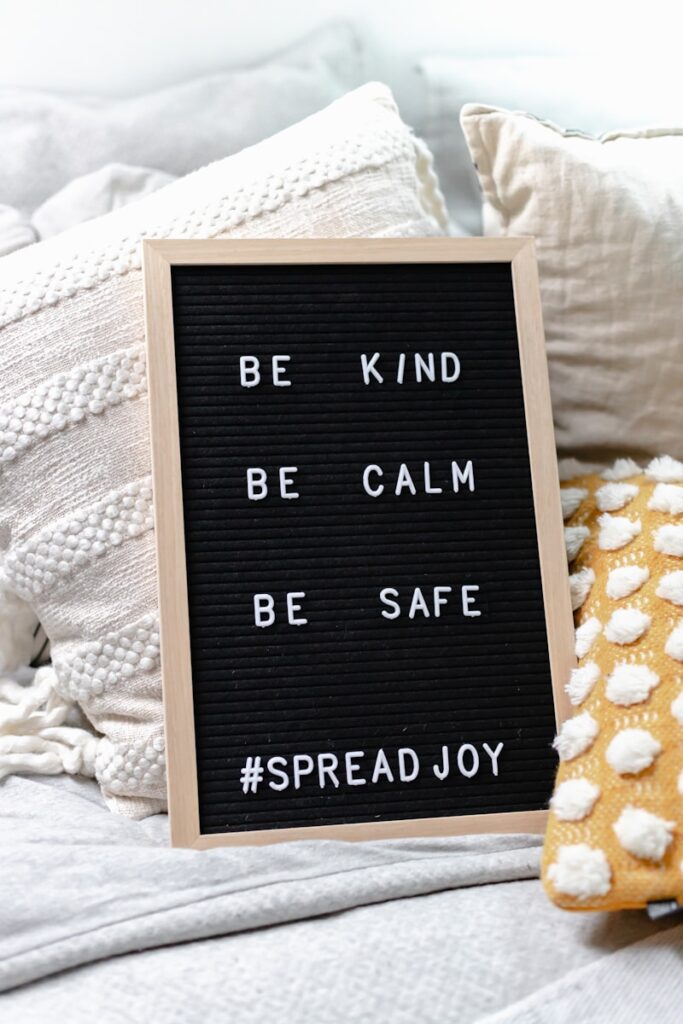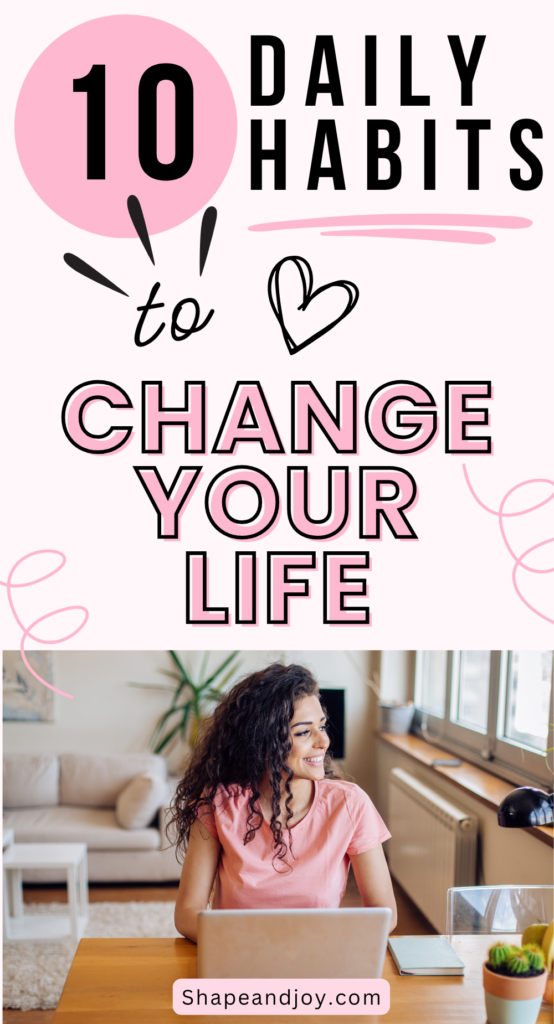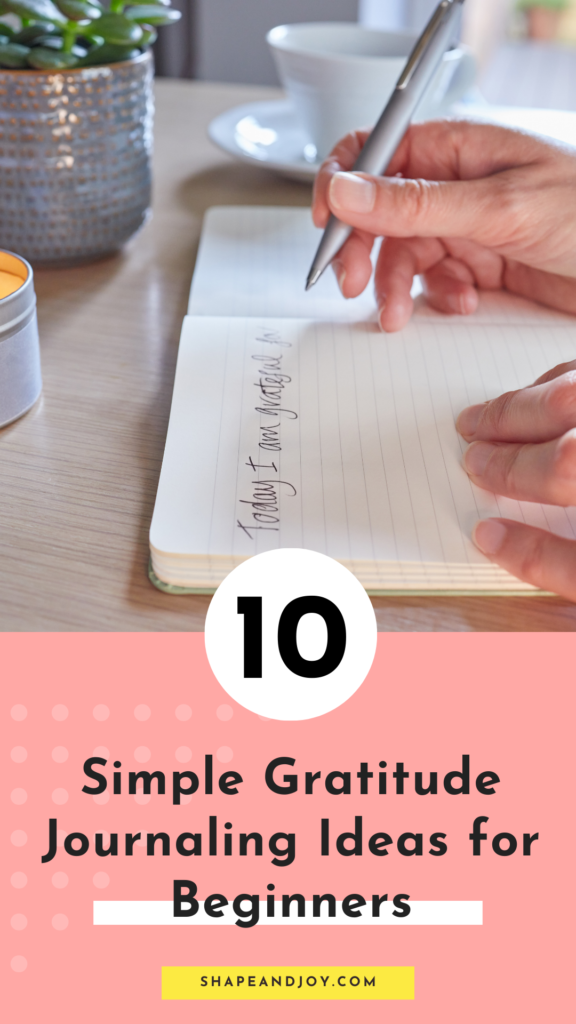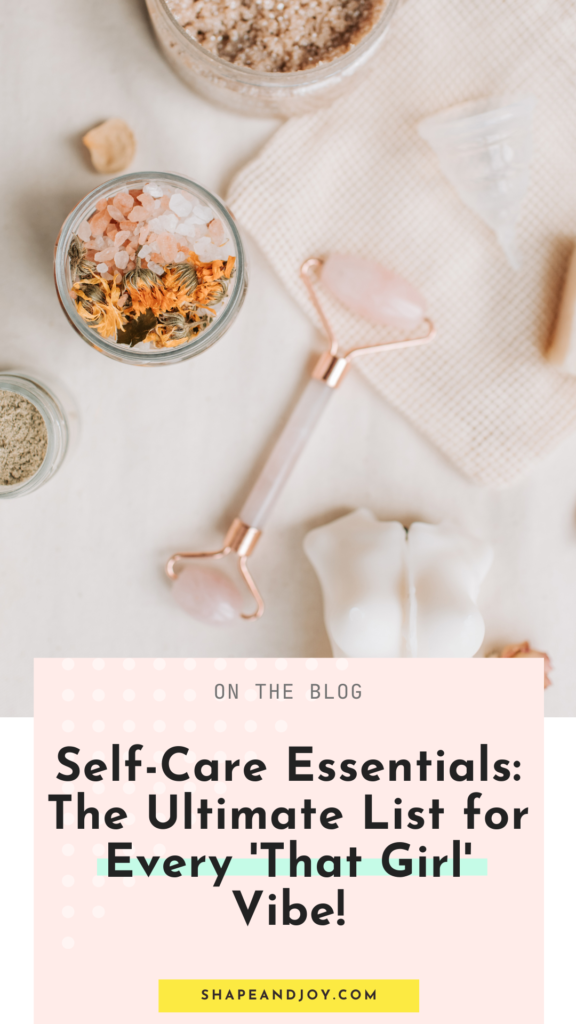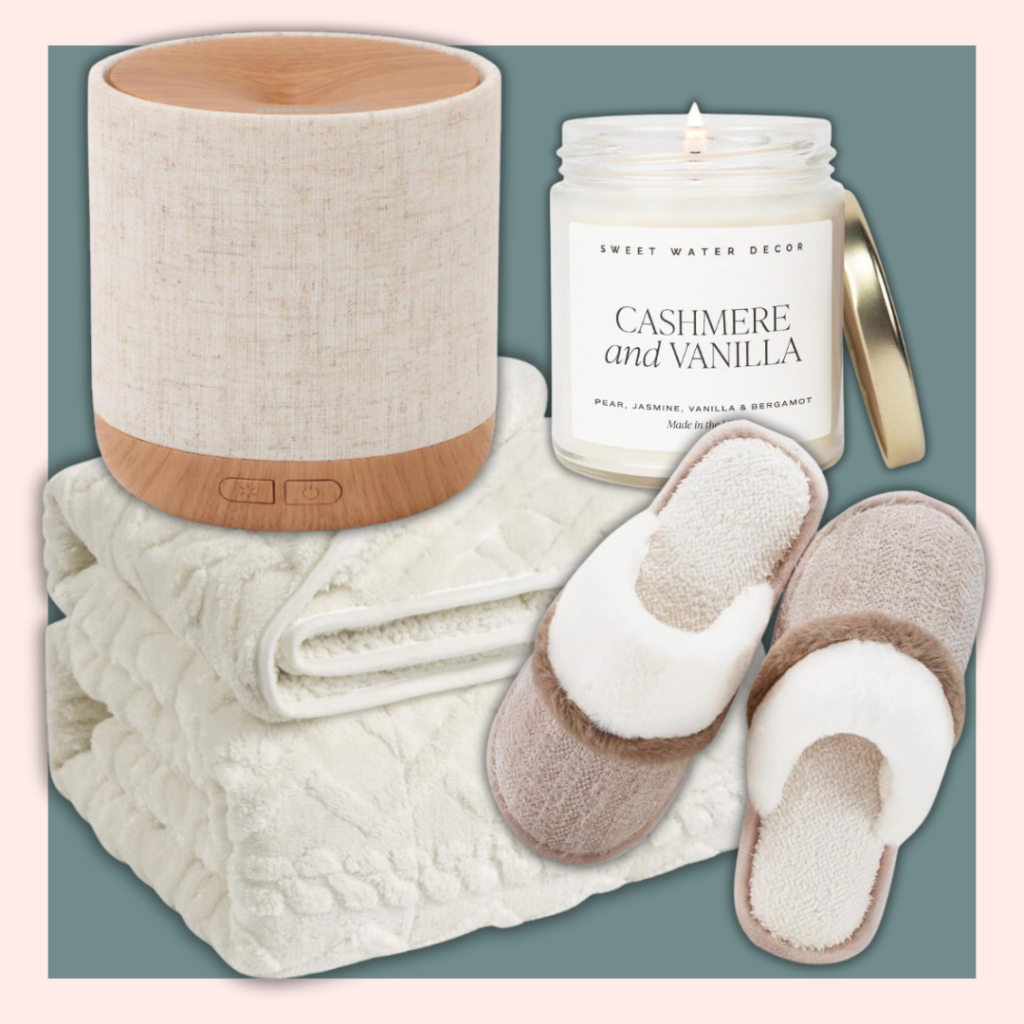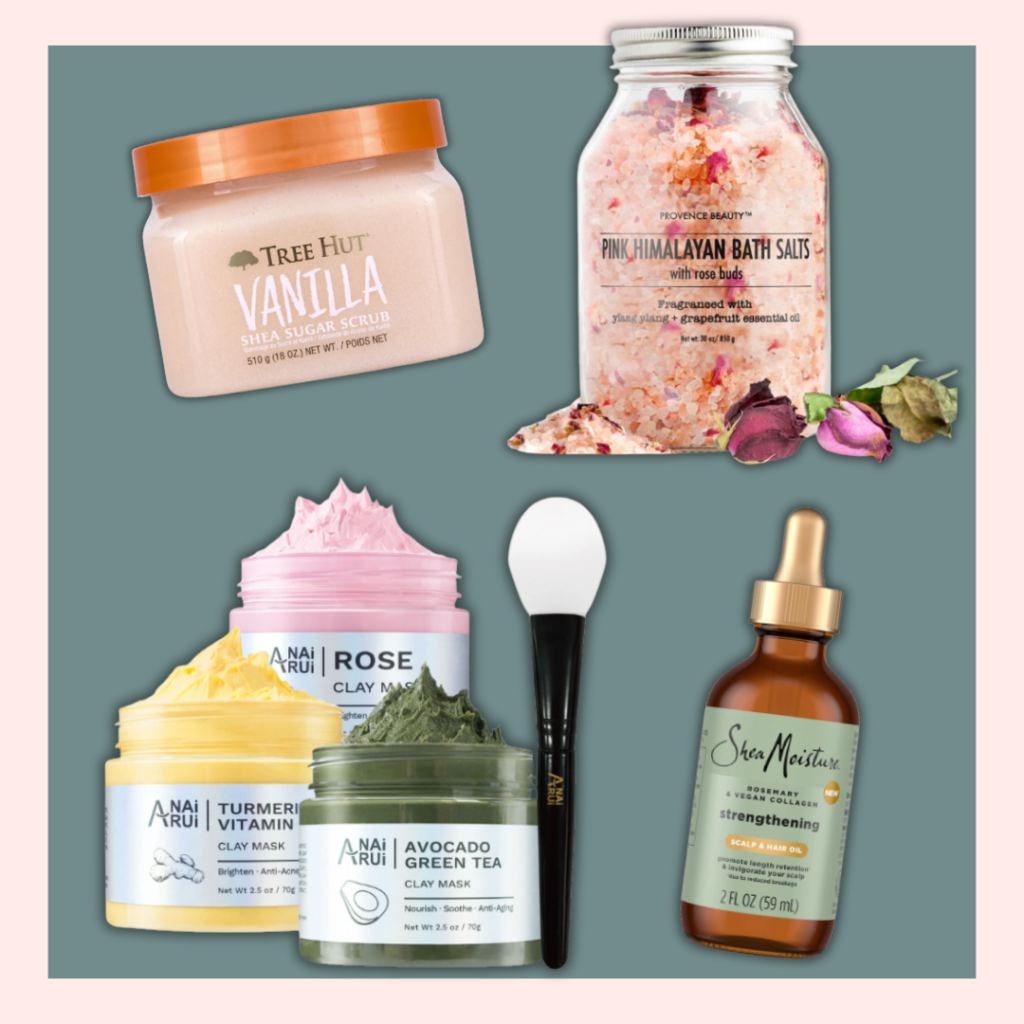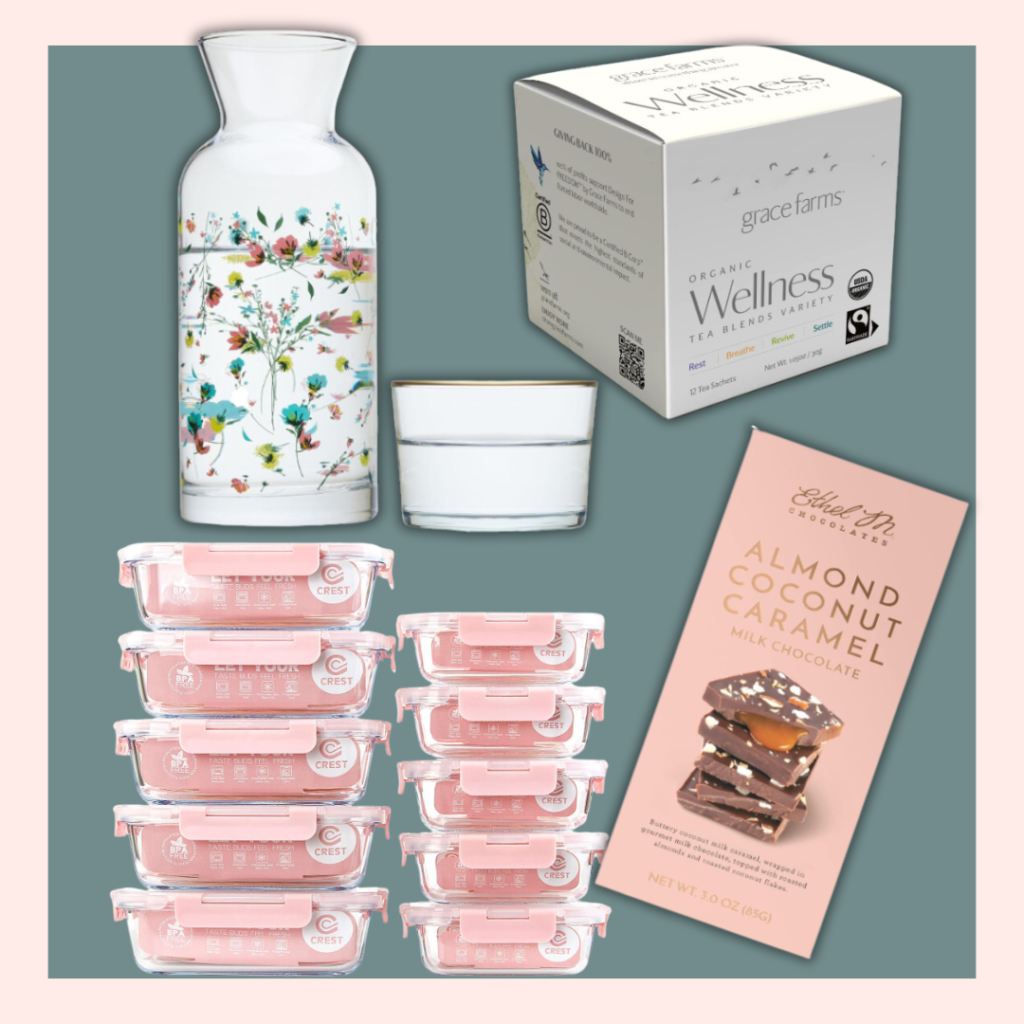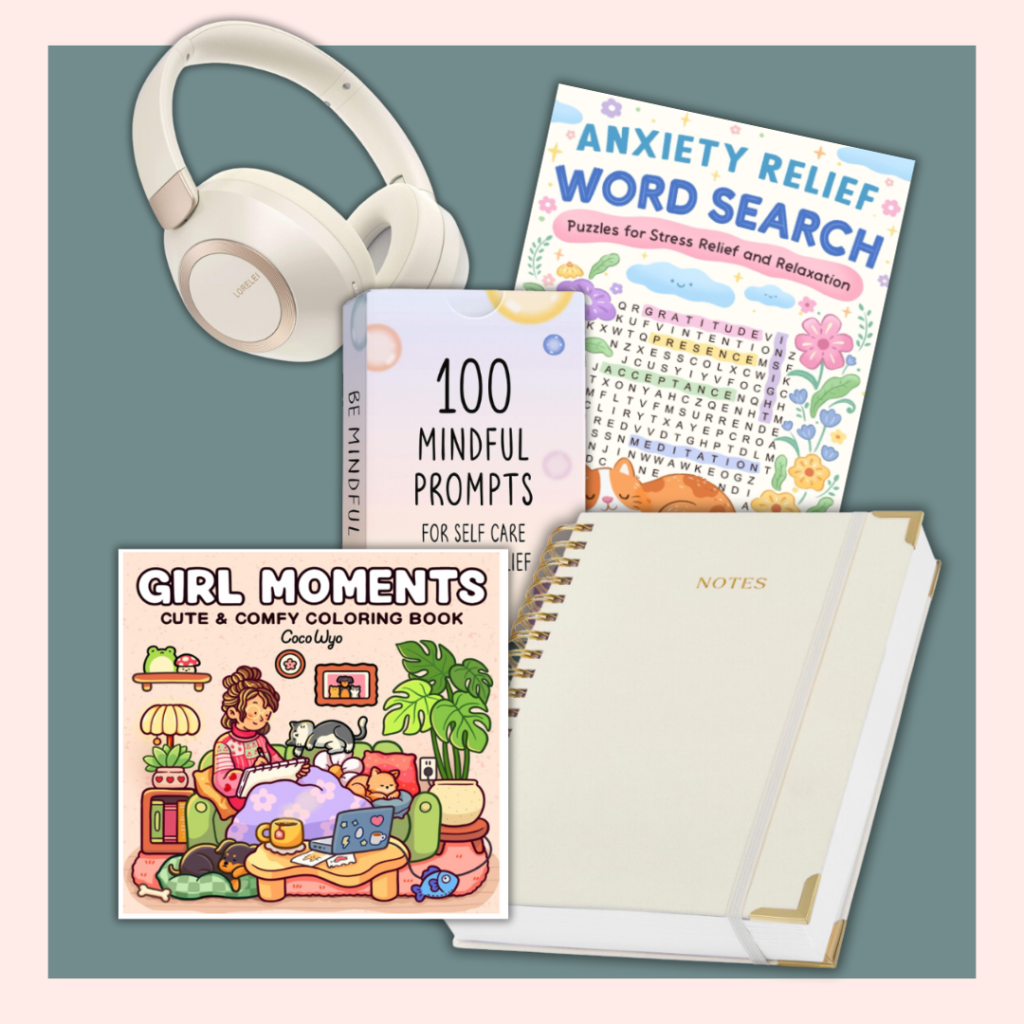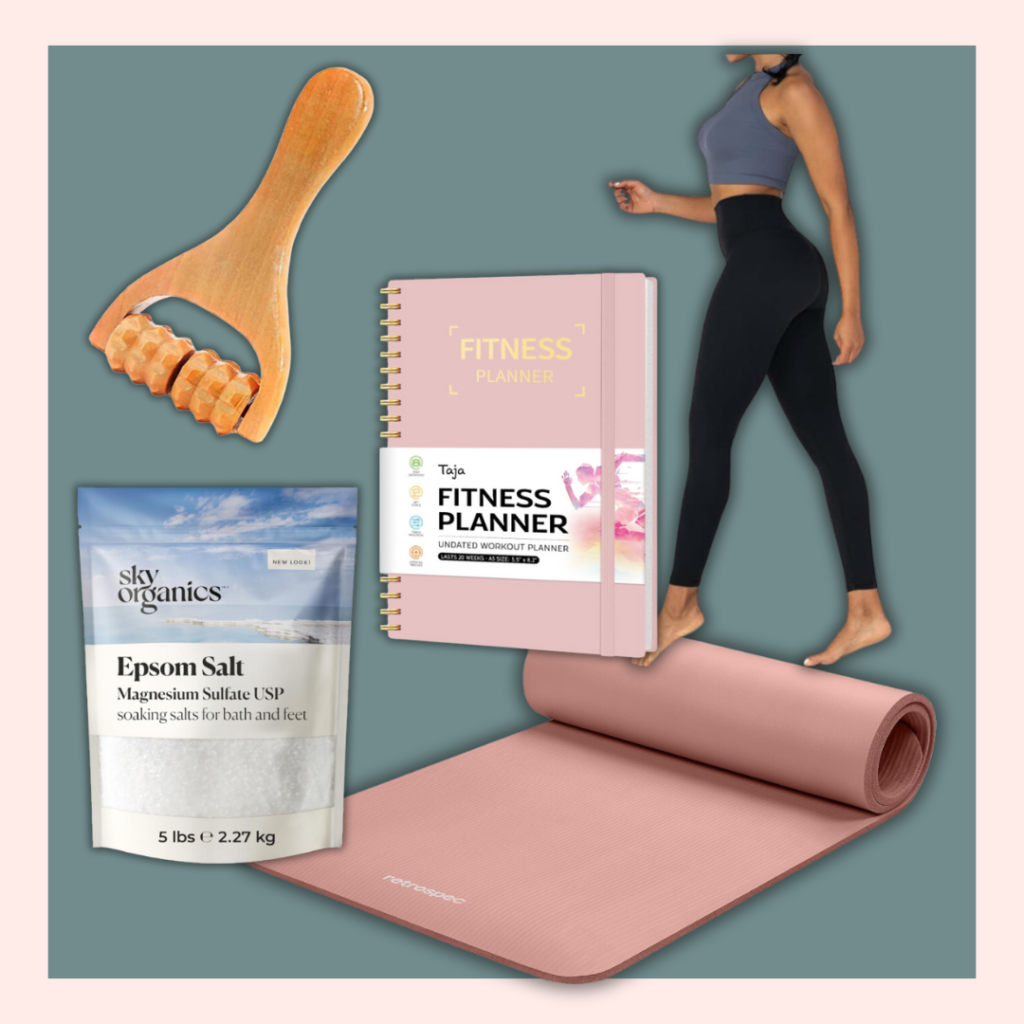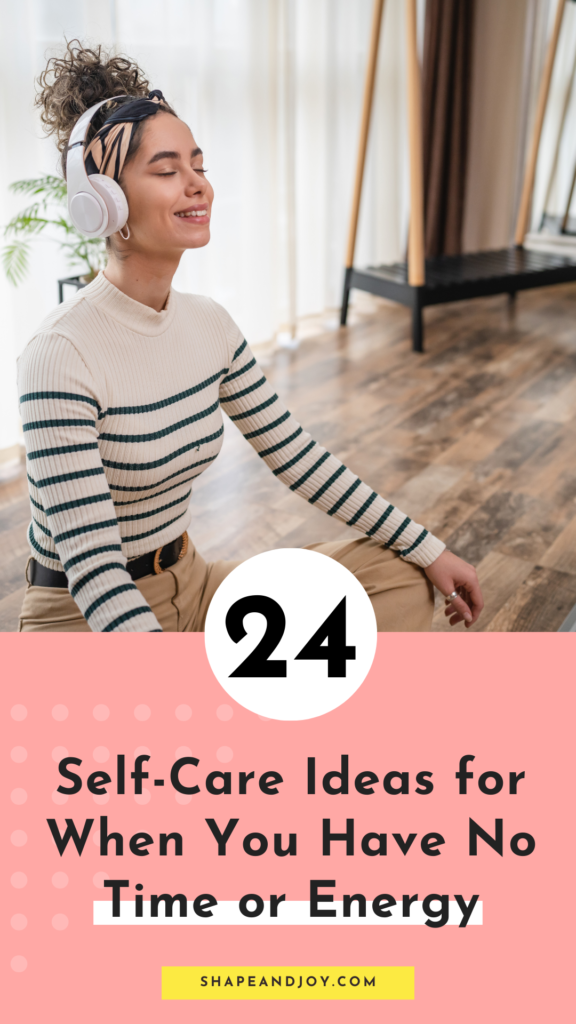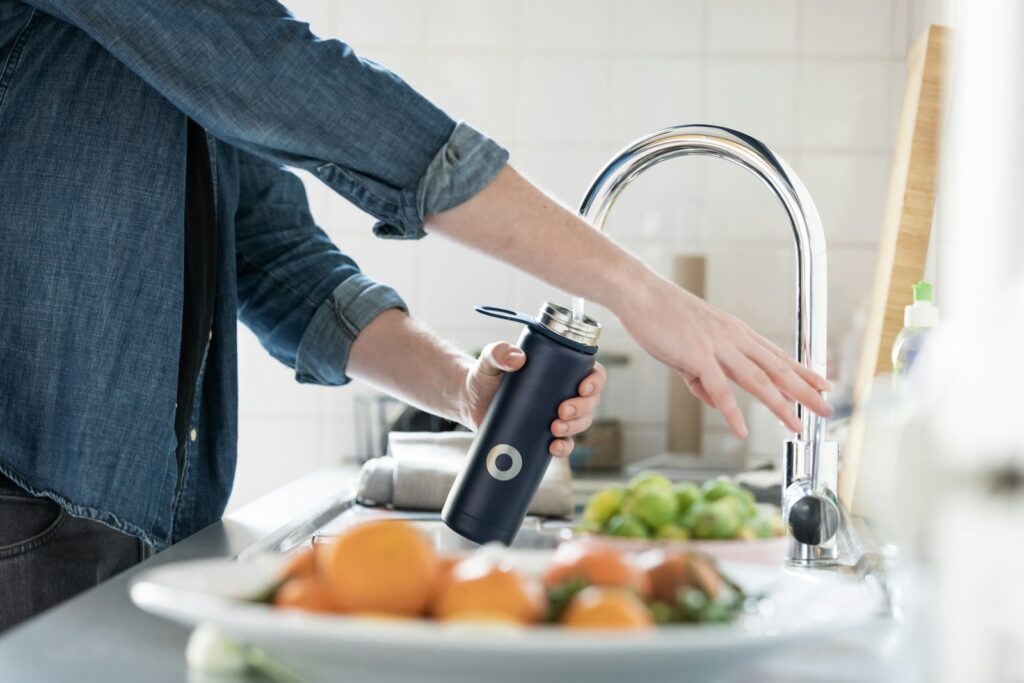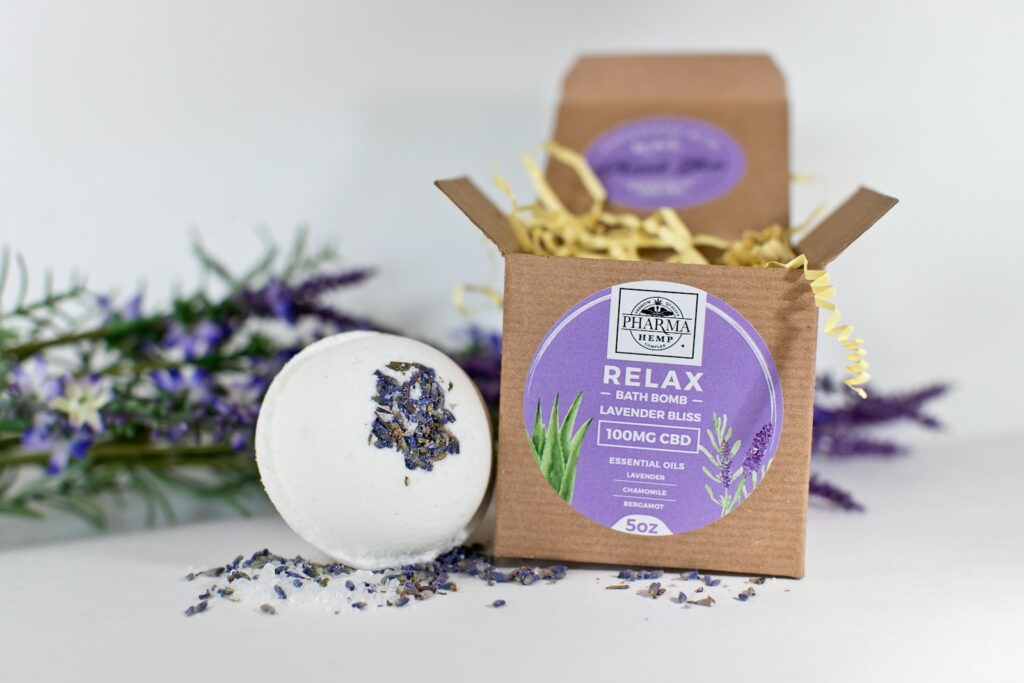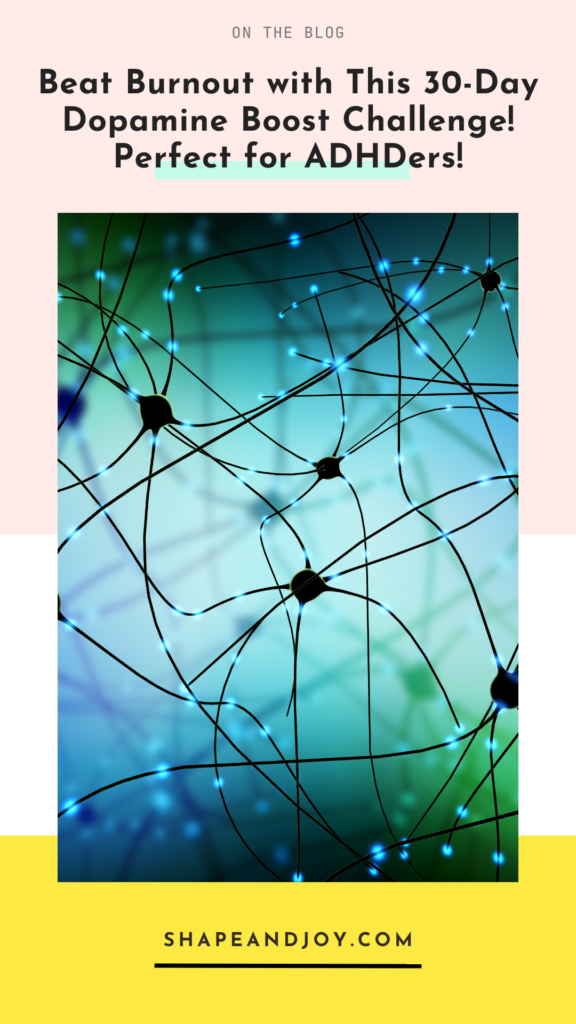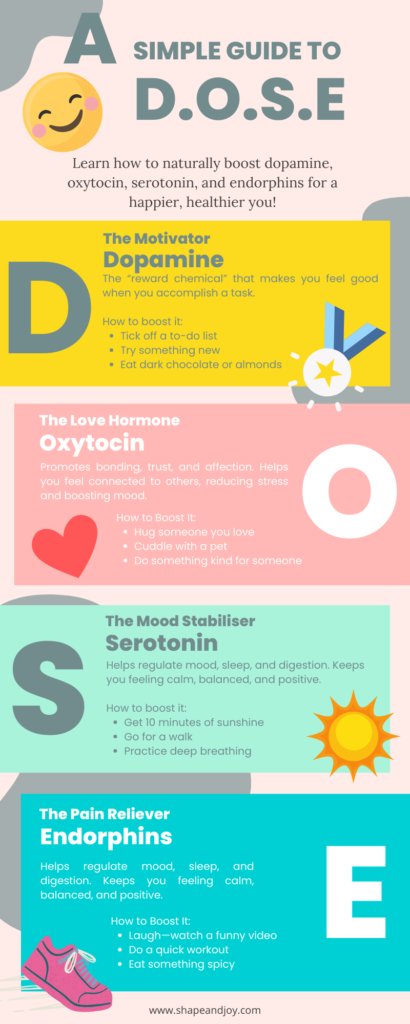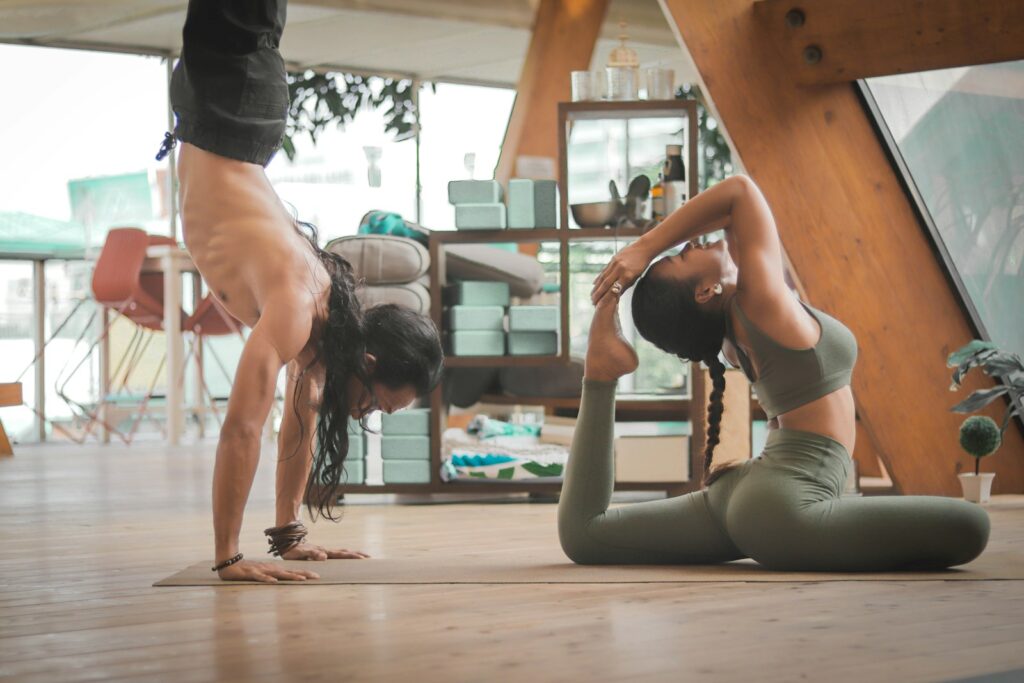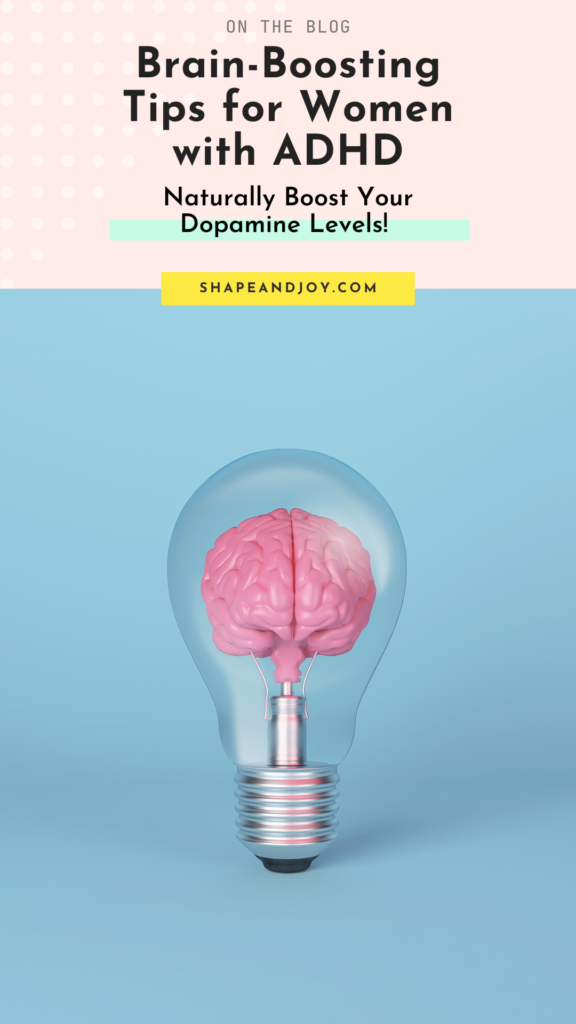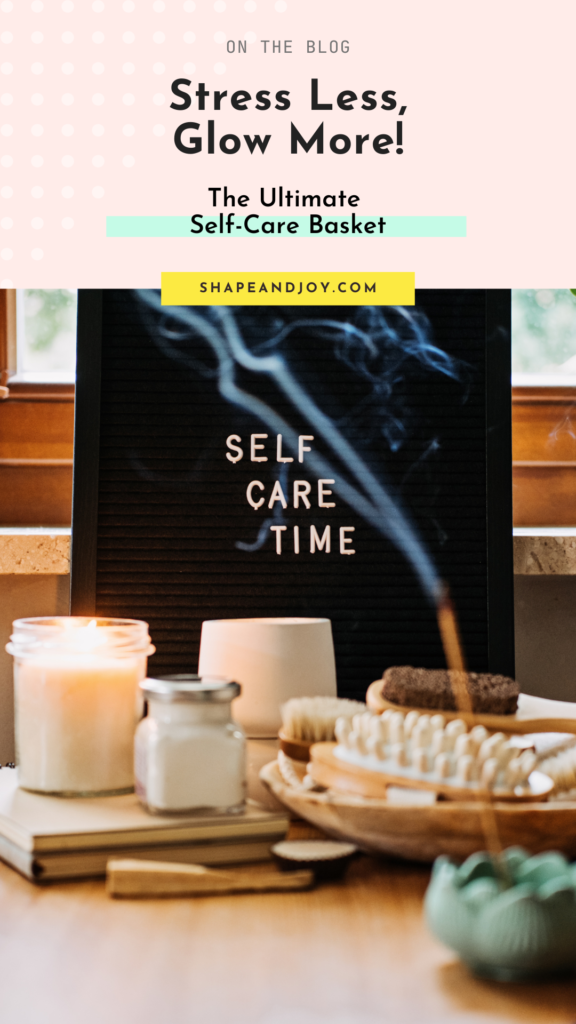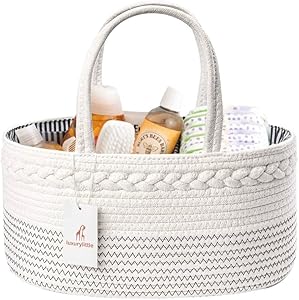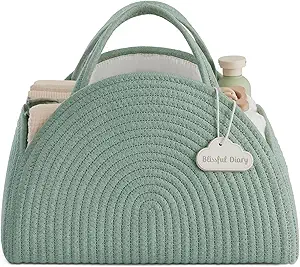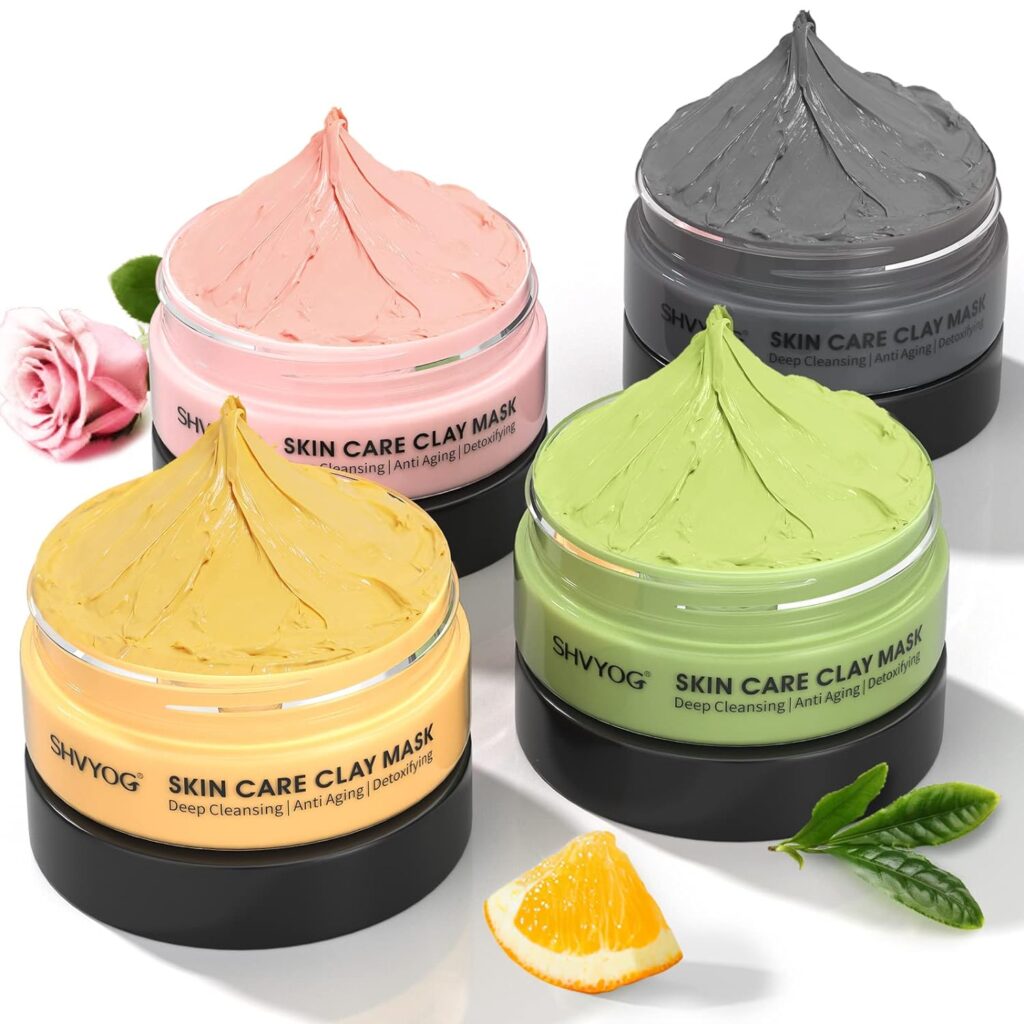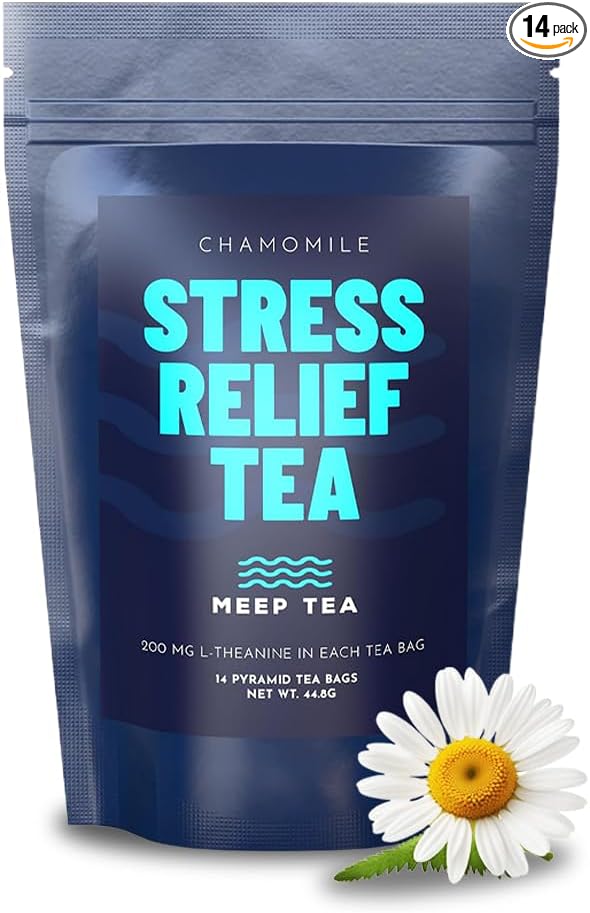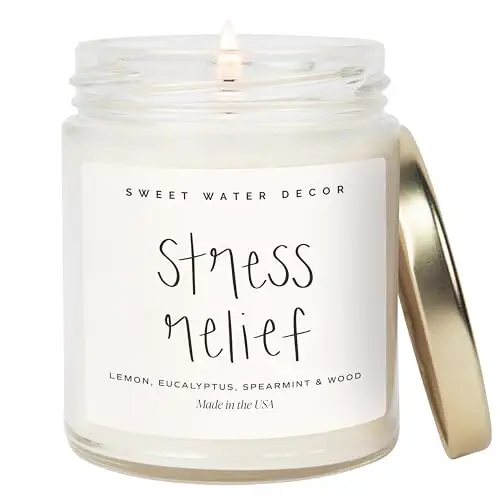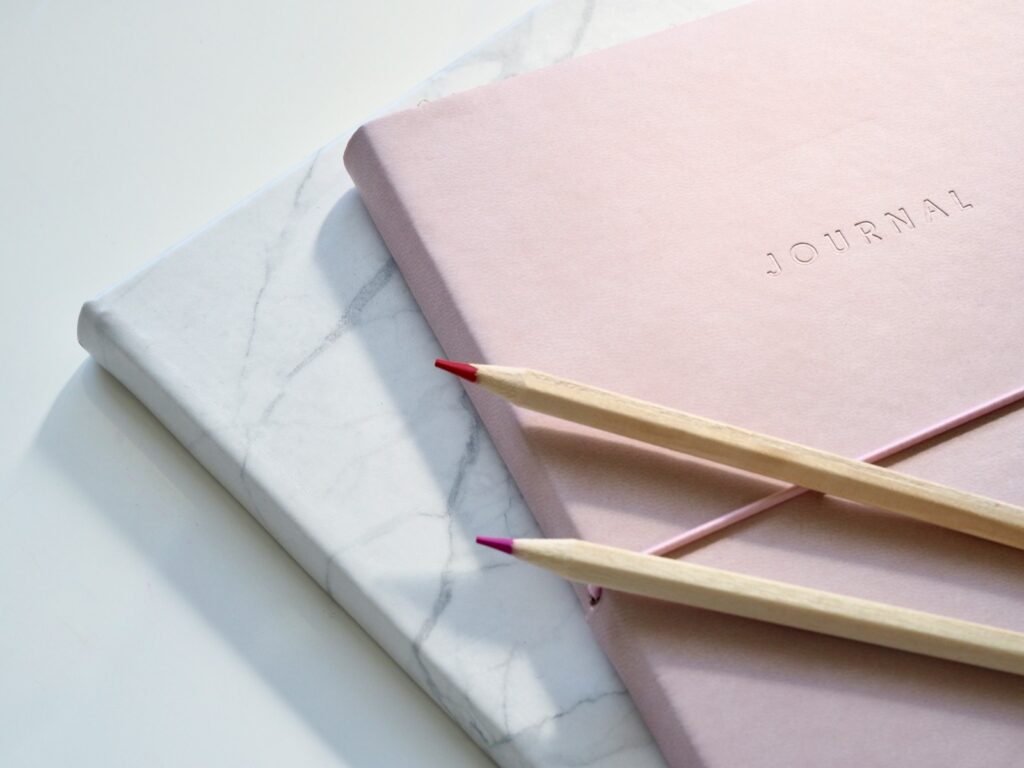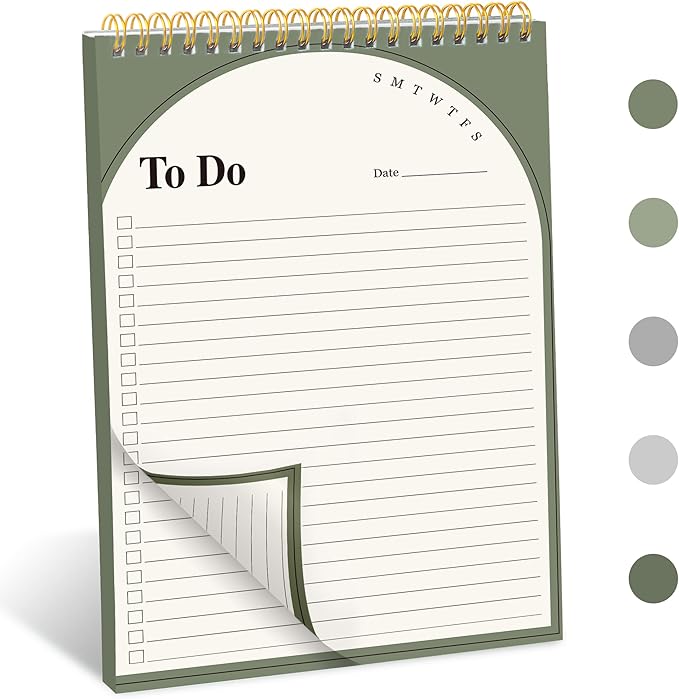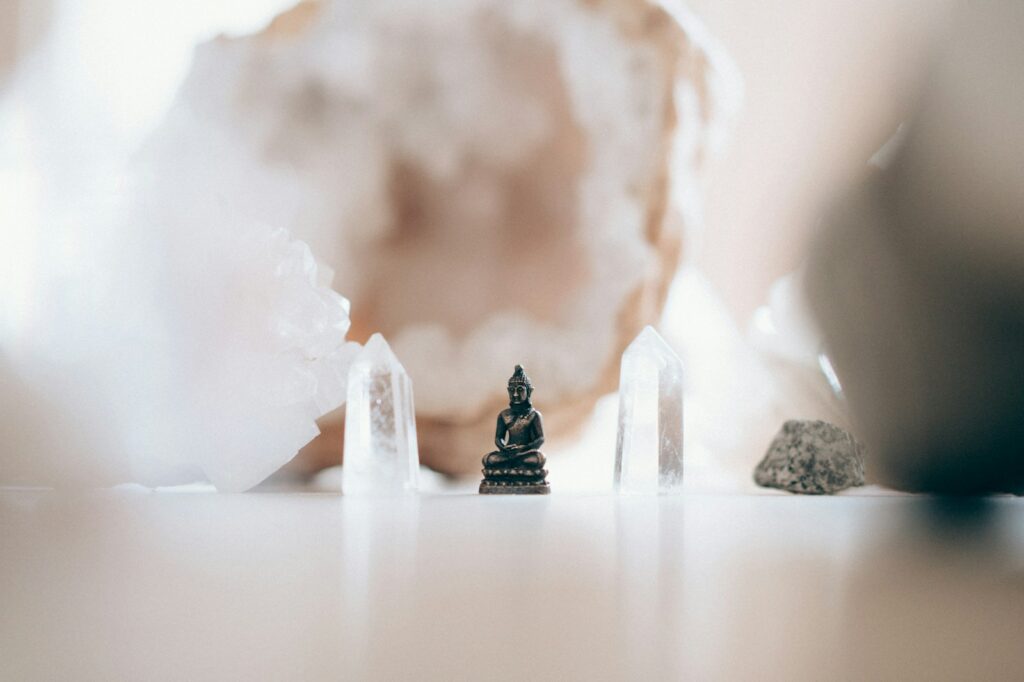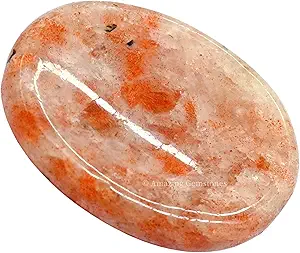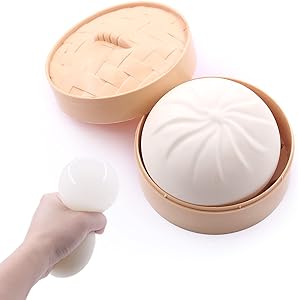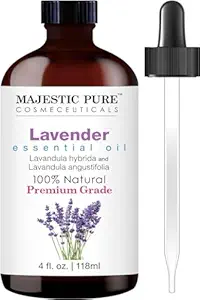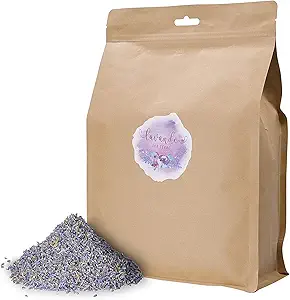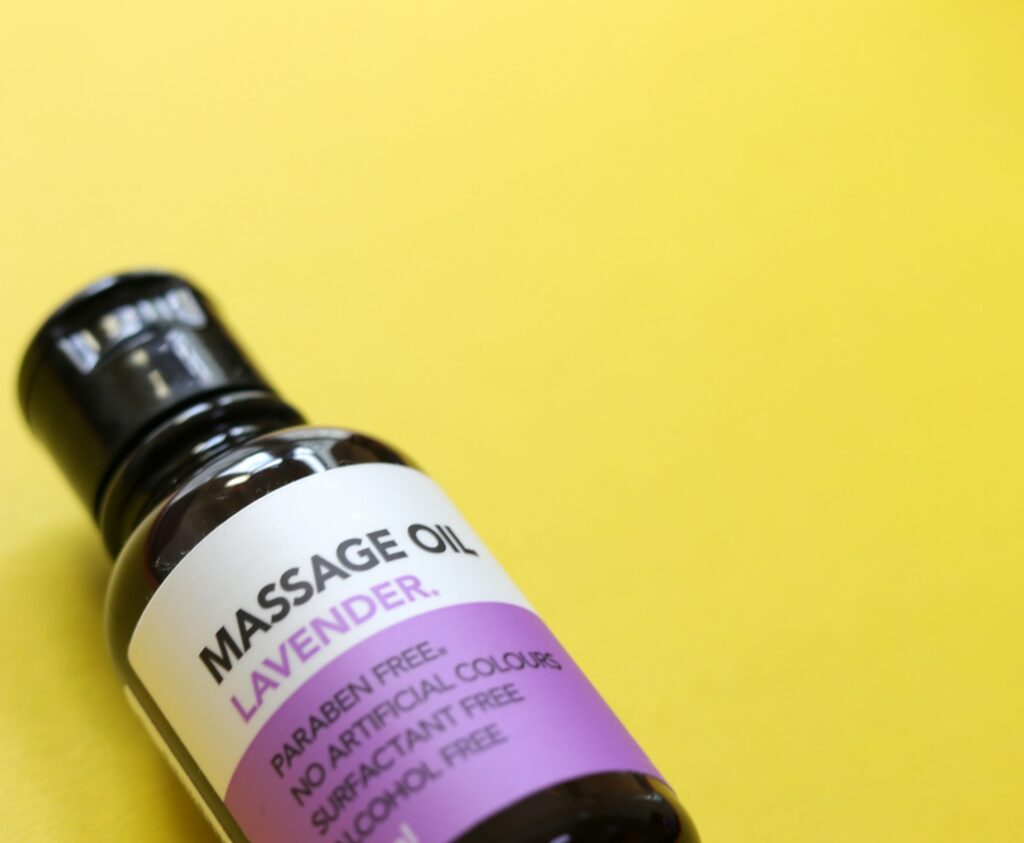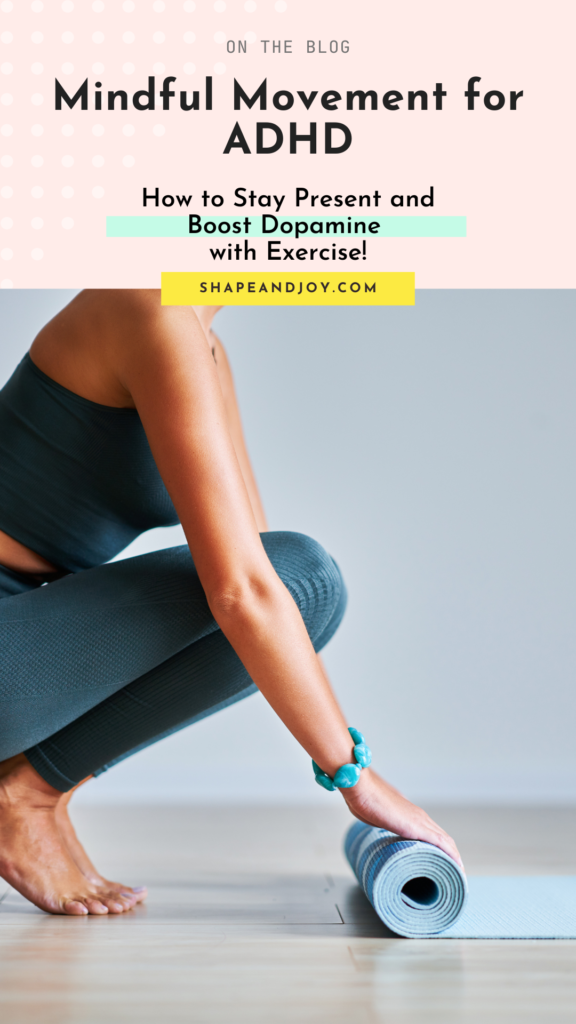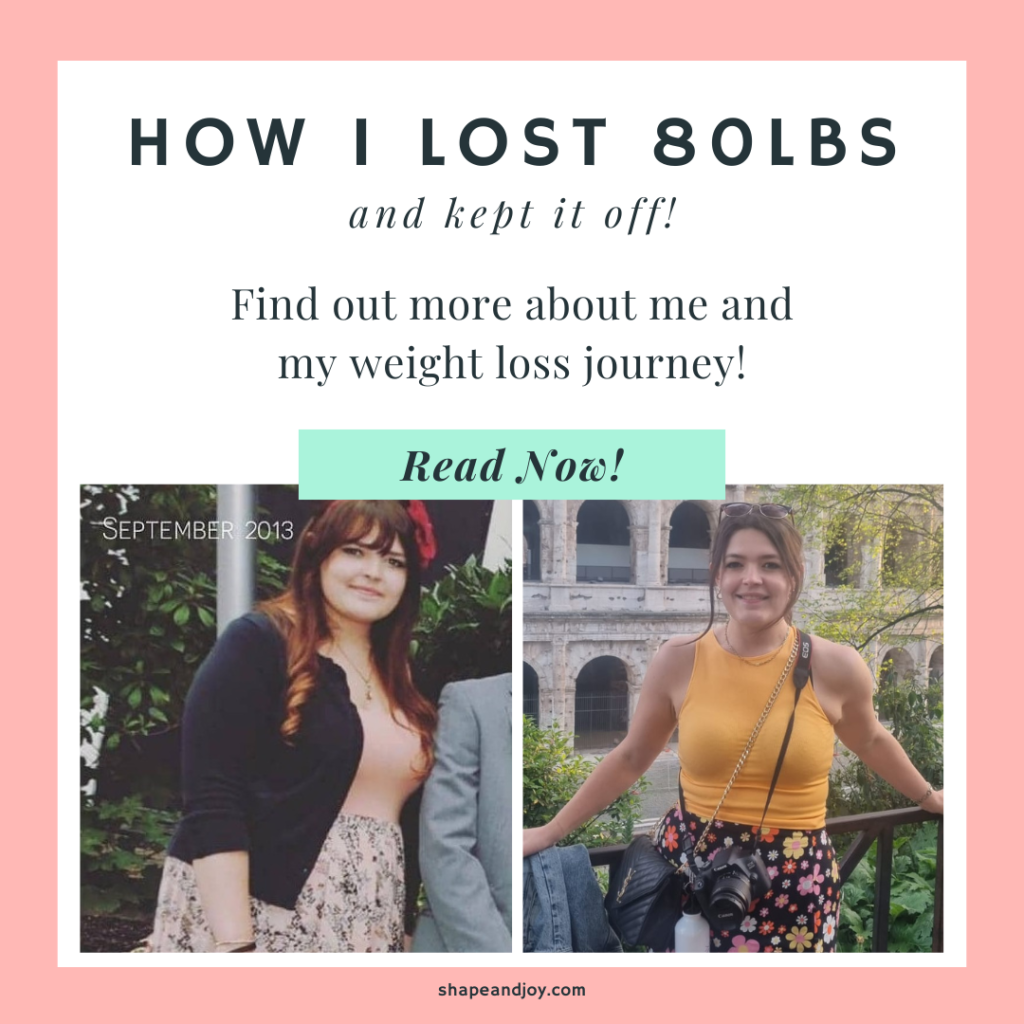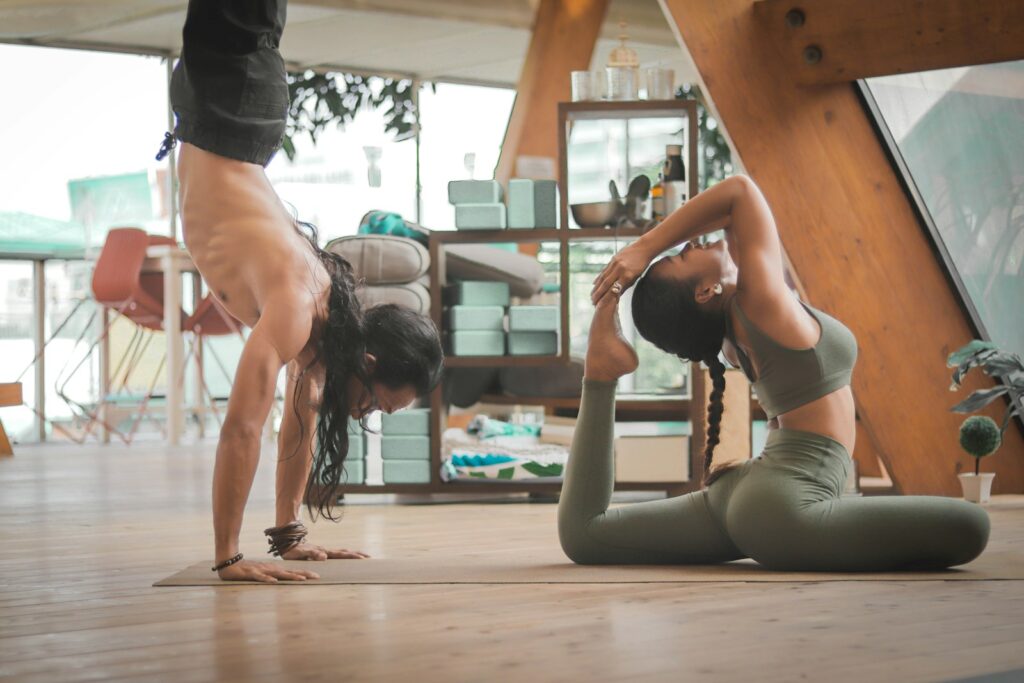16 Mental Health Benefits of Pilates (That’ll Have You Rolling Out Your Mat ASAP)
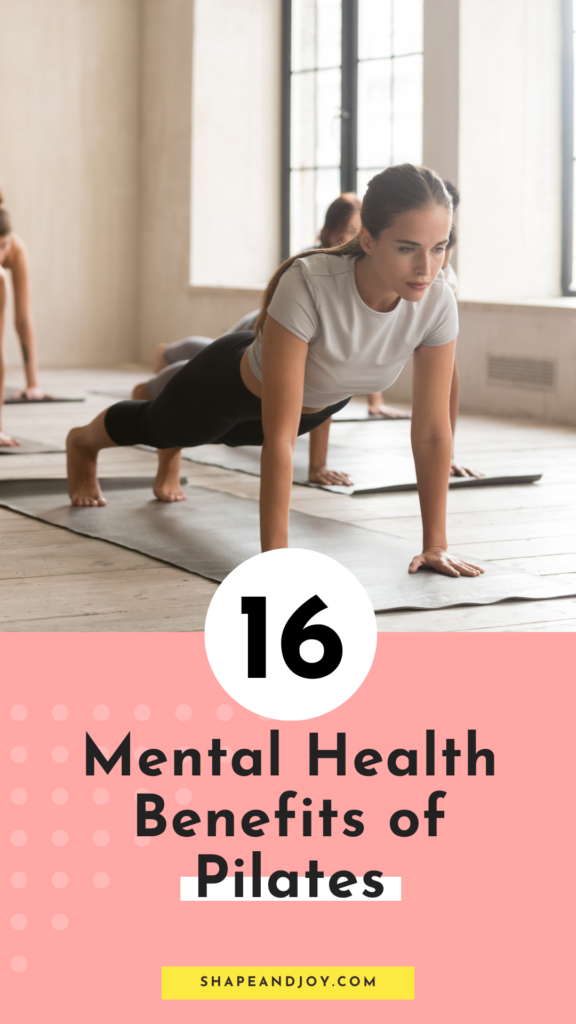
In the last post, we covered how Pilates improves your core strength (check it out here, if you haven’t already!). But did you know that it’s also an absolute game-changer for your mental health?
Yep, Pilates isn’t just about toning up—it’s about clearing your mind, banishing anxiety, and helping you feel calm, confident, and in control.
So if you’re feeling overwhelmed, stressed, or just need a solid mood boost, here’s why Pilates needs to be part of your life ASAP.
1. Smashes Anxiety Like a Boss
Pilates is the ultimate stress-buster. When life feels chaotic and your brain won’t shut up, Pilates forces you to slow down and focus.
The rhythmic movement and controlled breathing activate your parasympathetic nervous system—basically, your body’s natural chill-out mode.
Instead of spiralling into anxious thoughts, you’re laser-focused on nailing that workout or holding that plank just a little longer. It’s meditation in motion—and way more fun than sitting still (sometimes).
The Science-y Stuff:
- Pilates has been shown to significantly reduce anxiety symptoms in multiple studies (Fleming & Herring, 2018).
- A six-week Pilates programme led to a notable decrease in anxiety levels among young women (Akbaş & Ünver, 2018).
2. Cuts Cortisol (a.k.a. the Stress Hormone)
Cortisol is that pesky stress hormone that wreaks havoc on your body and your mental health.
When it’s too high, you feel wired, irritable, and exhausted. Pilates swoops in like a hero, lowering cortisol levels while gently torching fat and strengthening your muscles.
The Science-y Stuff:
Pilates improves stress regulation and helps balance hormones associated with stress and anxiety (Kim, Shim, & Han, 2019).
3. Works Like Active Meditation
If sitting cross-legged and chanting “Om” isn’t your thing, no worries—Pilates is basically moving meditation.
Every lift, stretch, and breath keeps you fully present, helping you escape the never-ending mental to-do list.
That mindfulness means you’re not just going through the motions—you’re tuning in to your body, your breath, and your strength.
And that? That’s where the magic happens.
The Science-y Stuff:
Pilates enhances mindfulness, reducing stress and promoting overall well-being (Caldwell et al., 2013).
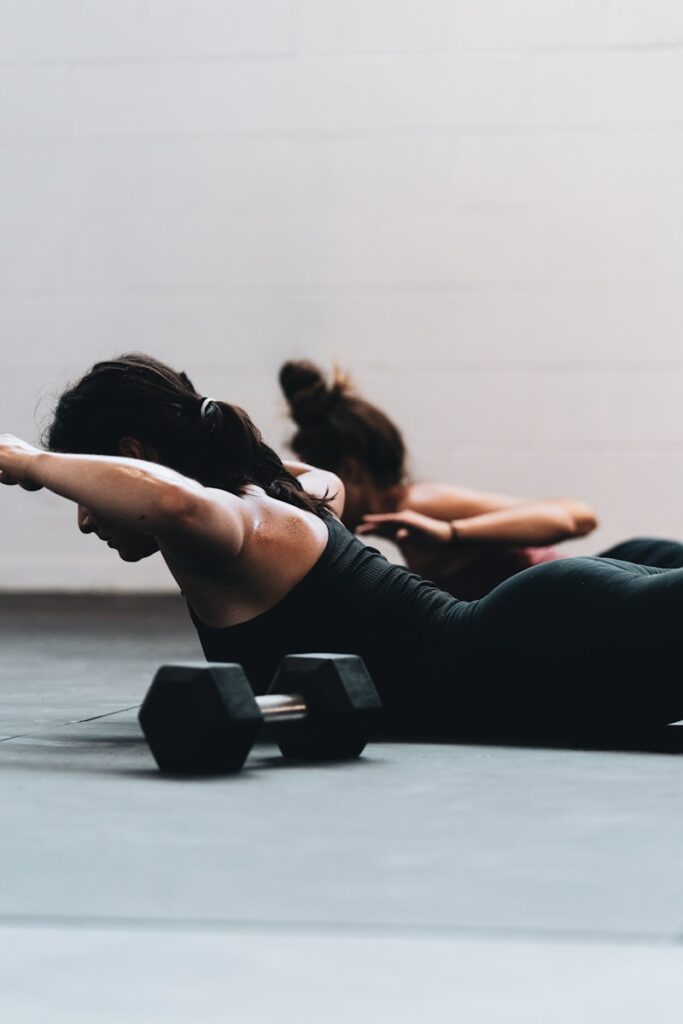
4. Boosts Endorphins Without Exhaustion
We all love that post-workout high, but let’s be real—some workouts leave you feeling shattered. Pilates gives you that endorphin rush without the exhaustion.
It’s a low-impact, high-reward way to feel fantastic without needing a two-hour nap afterward.
So if you want to boost your mood without dripping in sweat, a Pilates workout routine for beginners is exactly what you need.
The Science-y Stuff:
A study found that Pilates increases positive mood and energy levels without the extreme fatigue associated with high-intensity exercise (Fleming & Herring, 2018).
5. Improves Focus & Mental Clarity
Pilates demands precision, coordination, and concentration. You can’t be mentally planning dinner when you’re trying to engage your deep core muscles or perfect a floor Pilates exercise.
This laser focus carries over into your daily life—helping you stay sharp, alert, and on top of your game.
Whether you’re tackling a work project or just trying to remember where you put your keys, Pilates trains your brain to be fully present and engaged.
The Science-y Stuff:
Pilates has been linked to improved cognitive function and attention span (Memmedova, 2015).
6. Helps You Sleep Like a Baby
Struggle to switch off at night? Pilates relaxes your body, calms your nervous system, and releases tension, making it the perfect pre-bedtime routine.
A few gentle Wall Pilates exercises for beginners can loosen tight muscles, reduce stress, and set the stage for deep, restorative sleep. Bonus points if you follow it up with a warm bath and a cosy book.
The Science-y Stuff:
A randomised controlled trial found that Pilates significantly improves sleep quality, reducing disturbances and increasing deep sleep duration (Aibar-Almazán et al., 2019).
7. Strengthens Your Mind-Body Connection
Ever feel disconnected from your own body? Pilates changes that. It teaches you to move with intention, listen to what your body needs, and appreciate how strong you truly are.
Over time, this awareness spills over into everything—how you sit, how you stand, how you carry yourself, and even how you eat. It’s a full lifestyle shift that makes you more in tune with your health and happiness.
The Science-y Stuff:
Pilates is a mind-body practice that enhances body awareness and mindfulness, improving both physical and mental health (Caldwell et al., 2013).
📌 Pin this for later! ⬇
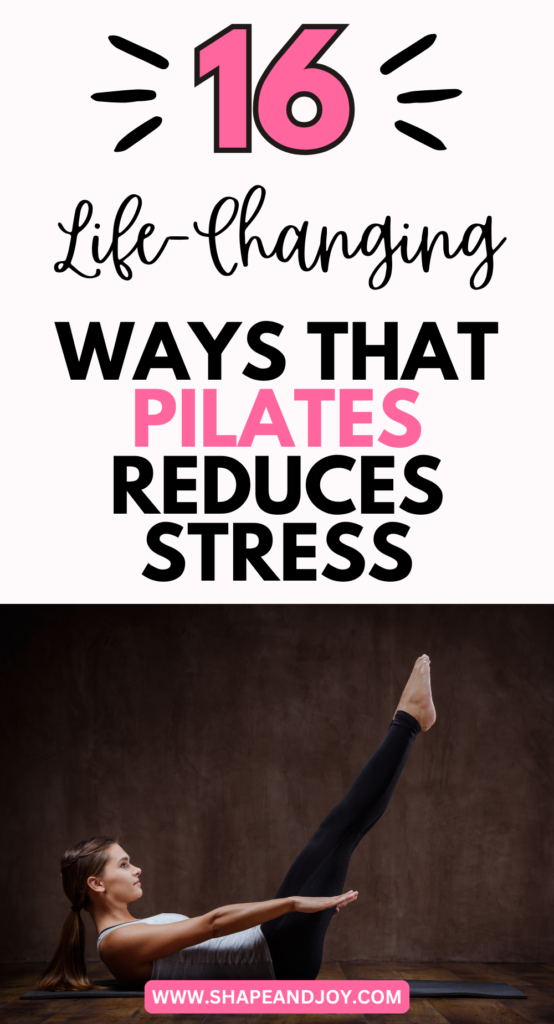
8. Stops Negative Self-Talk in Its Tracks
That inner voice that tells you you’re not strong enough, not fit enough, not flexible enough? Pilates shuts it up real quick.
Every time you hold a plank a little longer, master a new move, or complete a beginner Pilates workout, you prove to yourself that you CAN do hard things. And that, my friend, is a confidence boost like no other.
The Science-y Stuff:
Studies show Pilates increases self-esteem and positive self-perception, helping to combat negative thinking patterns (Meikis, Wicker, & Donath, 2021).
9. Encourages You to Celebrate Small Wins
Pilates isn’t about perfection—it’s about progress. And that’s a mindset shift that changes everything.
Whether you’re holding a pose for five seconds longer or finally feeling stable in a side plank, every little improvement is worth celebrating.
This teaches you to appreciate small wins in every part of life.
The Science-y Stuff:
Pilates promotes a mindset of progress over perfection, which has been linked to improved mental resilience and satisfaction with life (Kim, Shim, & Han, 2019).
10. Builds Emotional Resilience
Life throws curveballs. Pilates teaches you how to breathe through challenges, find balance, and keep pushing forward—not just in your workout, but in life.
That ability to stay steady, even when things feel tough, is one of the most underrated benefits of Pilates. You’re not just getting physically strong—you’re becoming mentally unshakable.
The Science-y Stuff:
Pilates has been found to help regulate emotions and improve coping strategies in stressful situations (Fleming et al., 2020).
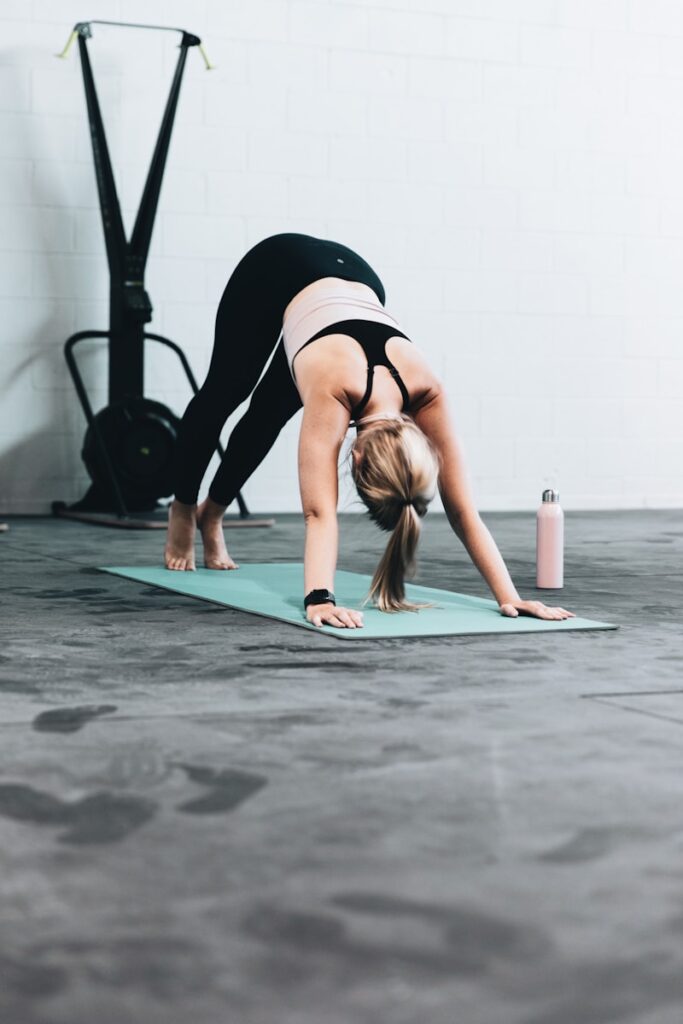
11. Helps You Release Stored-Up Tension
Stress gets trapped in your shoulders, neck, and lower back. Pilates releases that tension while strengthening your muscles, so you’re not just stretching—you’re building strength where you need it most.
Regular Pilates workouts will have you moving more freely, standing taller, and feeling lighter in both body and mind.
The Science-y Stuff:
Regular Pilates training has been shown to reduce muscle tension, particularly in the shoulders, neck, and back (Bais et al., 2021).
12. Encourages Better Posture = More Confidence
Slouching = low energy and low confidence. Standing tall? That’s a power move.
Pilates strengthens your core, spine, and shoulders, helping you walk taller and own your space.
And trust me, when your posture improves, so does your self-esteem.
The Science-y Stuff:
Pilates significantly improves posture and spinal alignment, which can lead to greater confidence and a positive self-image (Curi et al., 2018).
13. Gets You Out of Your Head (and Into Your Body)
If you’re stuck in a loop of overthinking, Pilates gives your brain a break. It forces you to be fully present, shifting your focus from stress to strength.
By the end of your session, you’ll feel lighter, clearer, and ready to take on whatever life throws at you.
The Science-y Stuff:
Pilates has been shown to reduce overthinking and improve mental clarity by focusing attention on movement and breath control (Caldwell et al., 2013).
14. Supports Fat Burning Without Stressing Your Nervous System
Unlike extreme workouts that wreck your recovery, Pilates burns fat while keeping your body in balance. It’s gentle but effective, making it the best long-term strategy for sustainable results.
The Science-y Stuff:
Pilates has been shown to aid in fat loss while keeping cortisol levels in check, making it a sustainable form of exercise (Gouveia et al., 2021).

15. Fuels Self-Love & Body Positivity
Pilates isn’t about looking a certain way—it’s about feeling strong and empowered. You’re not punishing your body; you’re celebrating what it can do.
And that shift? That’s life-changing.
The Science-y Stuff:
Studies indicate that Pilates enhances self-acceptance and body appreciation, reducing the pressure to achieve unrealistic body standards (Meikis, Wicker, & Donath, 2021).
16. Creates a Sense of Community
Pilates isn’t just a workout—it’s a movement. Whether you join my 28-day Wall Pilates challenge, or connect with others in a class, you’re part of a supportive, uplifting community.
And having that accountability and encouragement makes all the difference.
The Science-y Stuff:
Group-based Pilates classes foster a strong sense of support and community, which can improve motivation and mental well-being (Kim, Shim, & Han, 2019).
More Pilates Tips & Workouts You’ll Love
Ready to take your Pilates journey to the next level? Check out these must-read posts for beginner-friendly workouts, expert tips, and game-changing Pilates advice to help you build strength, improve flexibility, and stay consistent!
- Ultimate 4-Week Wall Pilates Challenge For Beginner’s
- Pilates 101: The Ultimate Workout to Transform Your Life
- How to Start Pilates at Home: A Beginner’s Guide
- 5 Common Pilates Mistakes Beginners Make (and How to Avoid Them)
- 10 Easy Pilates Poses for Beginners to Master Today
- Pilates vs Yoga: Which One is Right for You?
- How Pilates Transforms Your Core Strength
- 16 Mental Health Benefits of Pilates (That’ll Have You Rolling Out Your Mat ASAP)
- Can Pilates Help You Lose Weight? Here’s What You Need to Know
- The Ultimate Pilates Kit: 17 Must-Have Products to Take Your Workouts to the Next Level
Final Thought: Pilates = Your Mental Health Superpower
So, here’s the bottom line—Pilates isn’t just exercise, it’s self-care in motion. It’s the key to better mental health, lower stress, and a stronger, more confident you.
Whether you’re battling anxiety, feeling overwhelmed, or just looking for a way to shake off the day’s chaos, Pilates is there to recentre, recharge, and rebuild your strength from the inside out.
And the best part? You don’t need fancy equipment, a gym membership, or even a lot of time.
Pilates helps you tune into your body, quiet the mental noise, and embrace the small victories—like standing taller, sleeping better, and feeling calmer in everyday life.
So, what are you waiting for? Roll out your mat, take a deep breath, and start moving. Your body, your mind, and your mental health will thank you for it.
